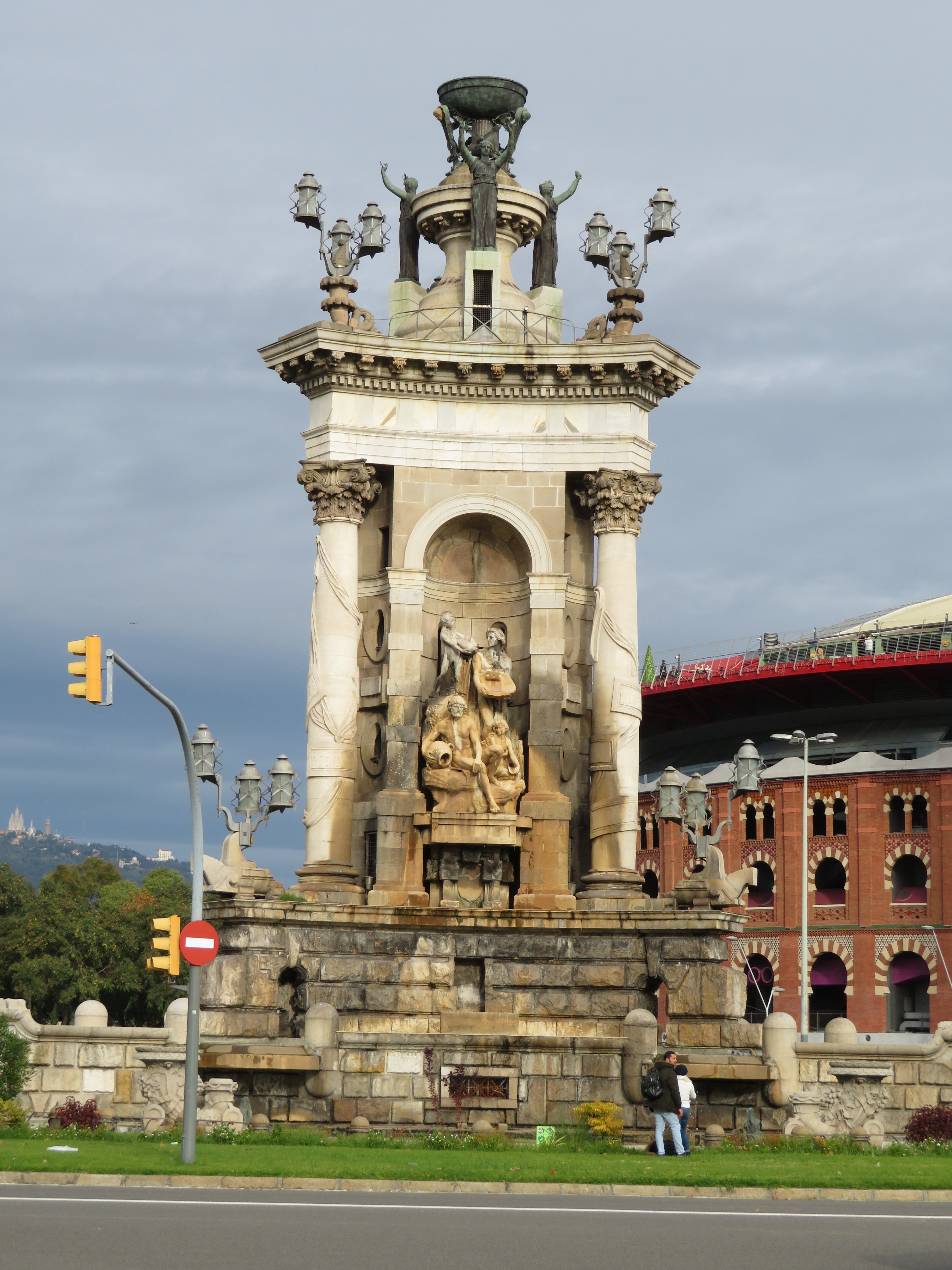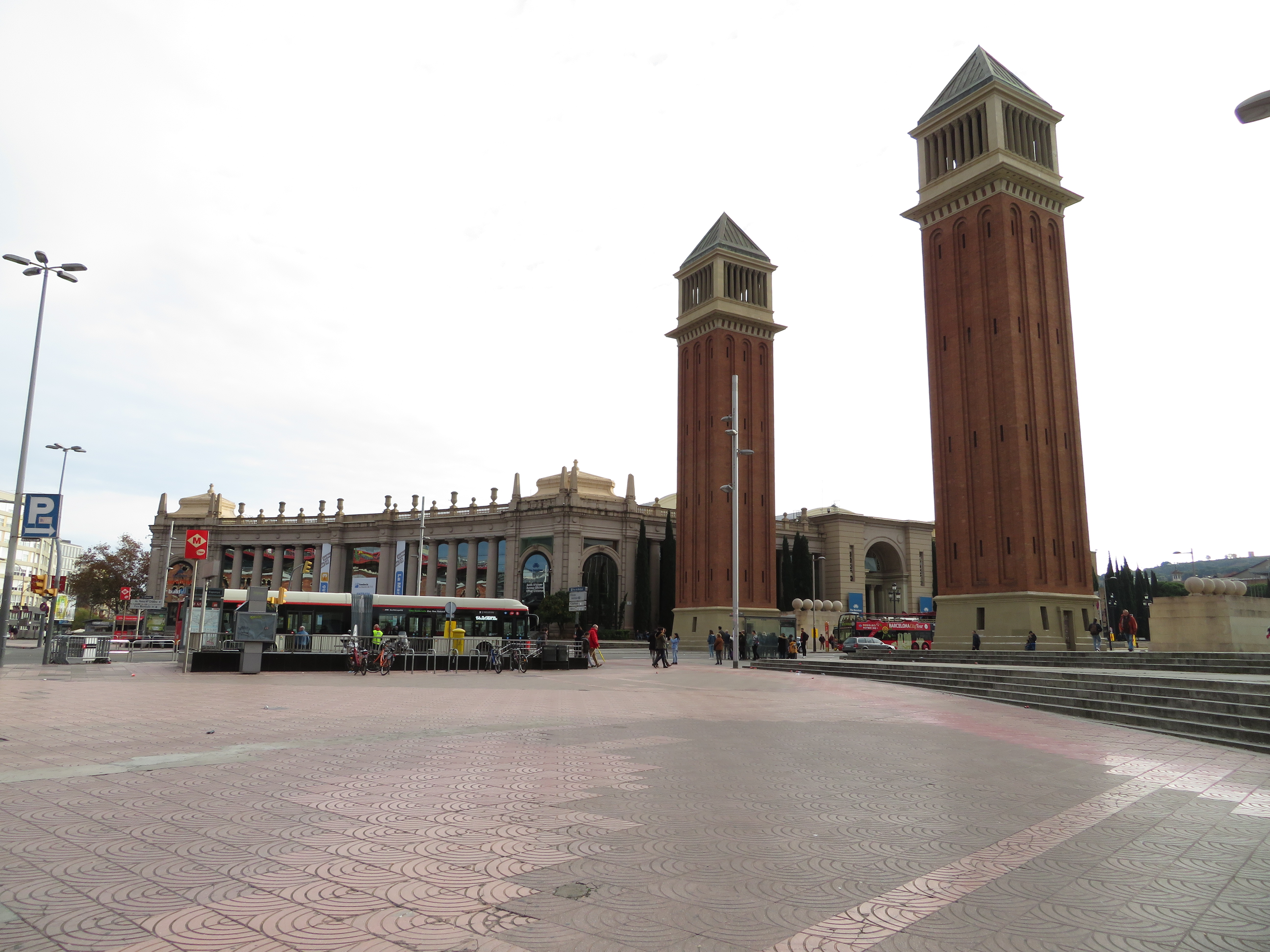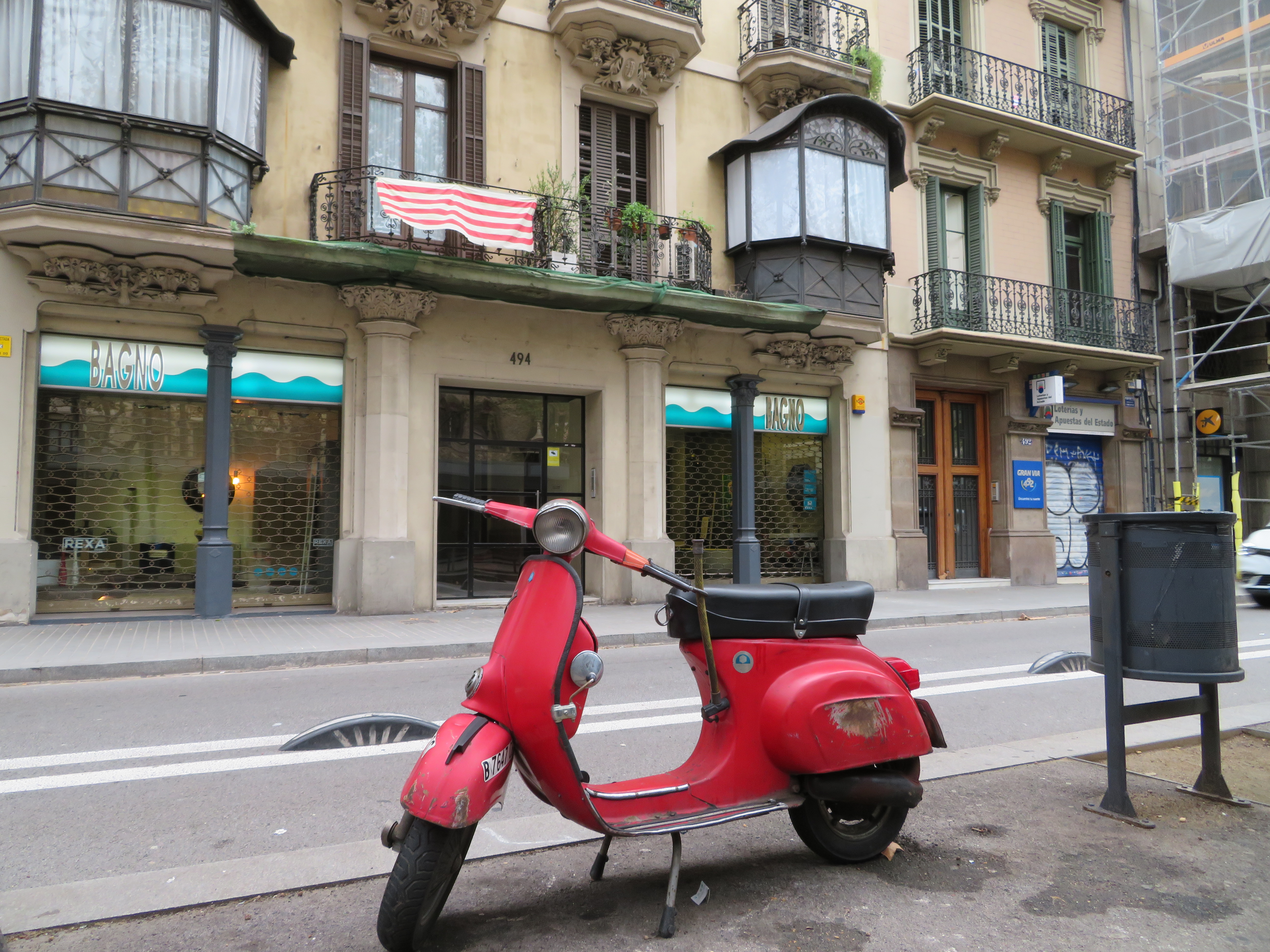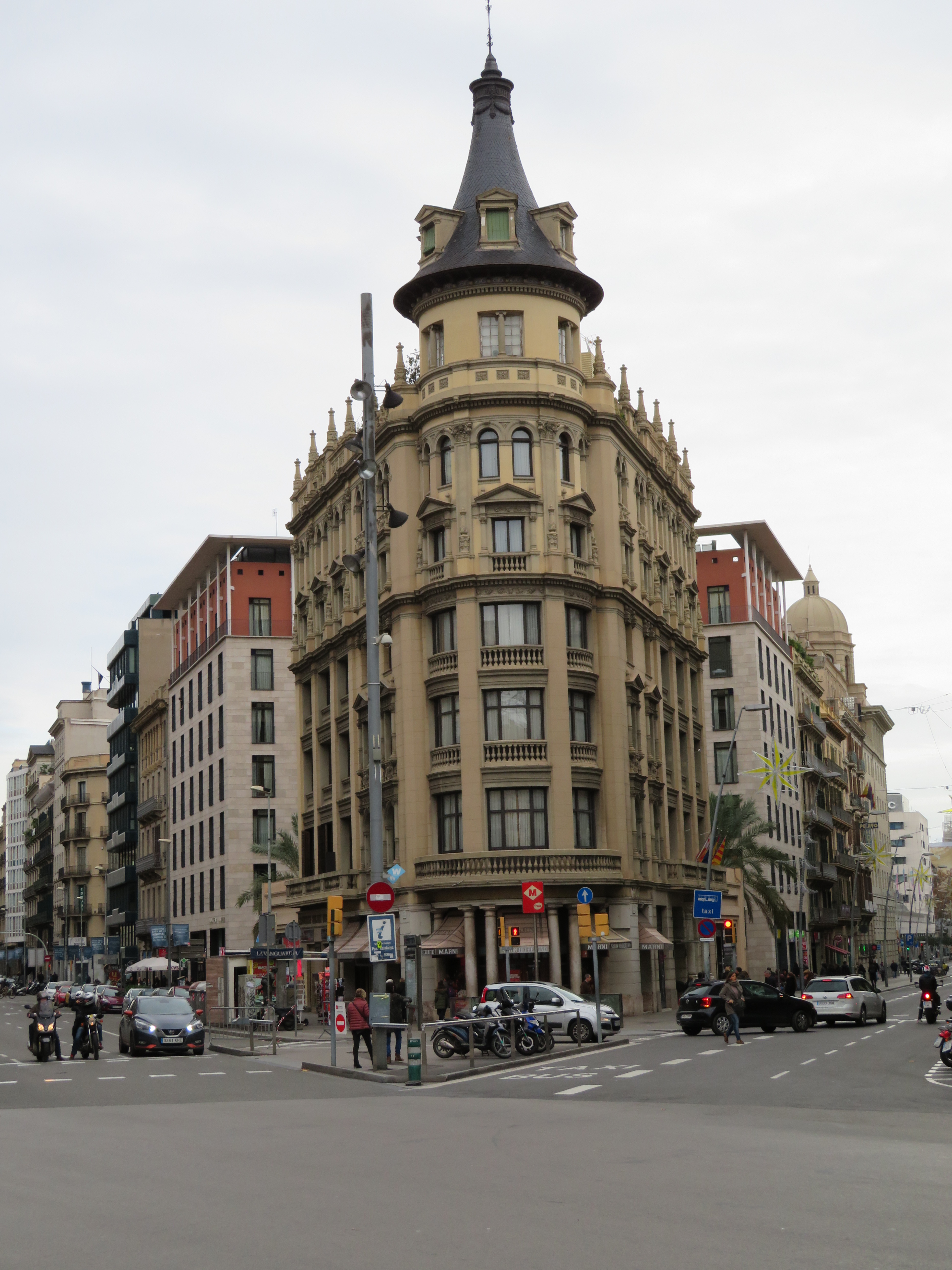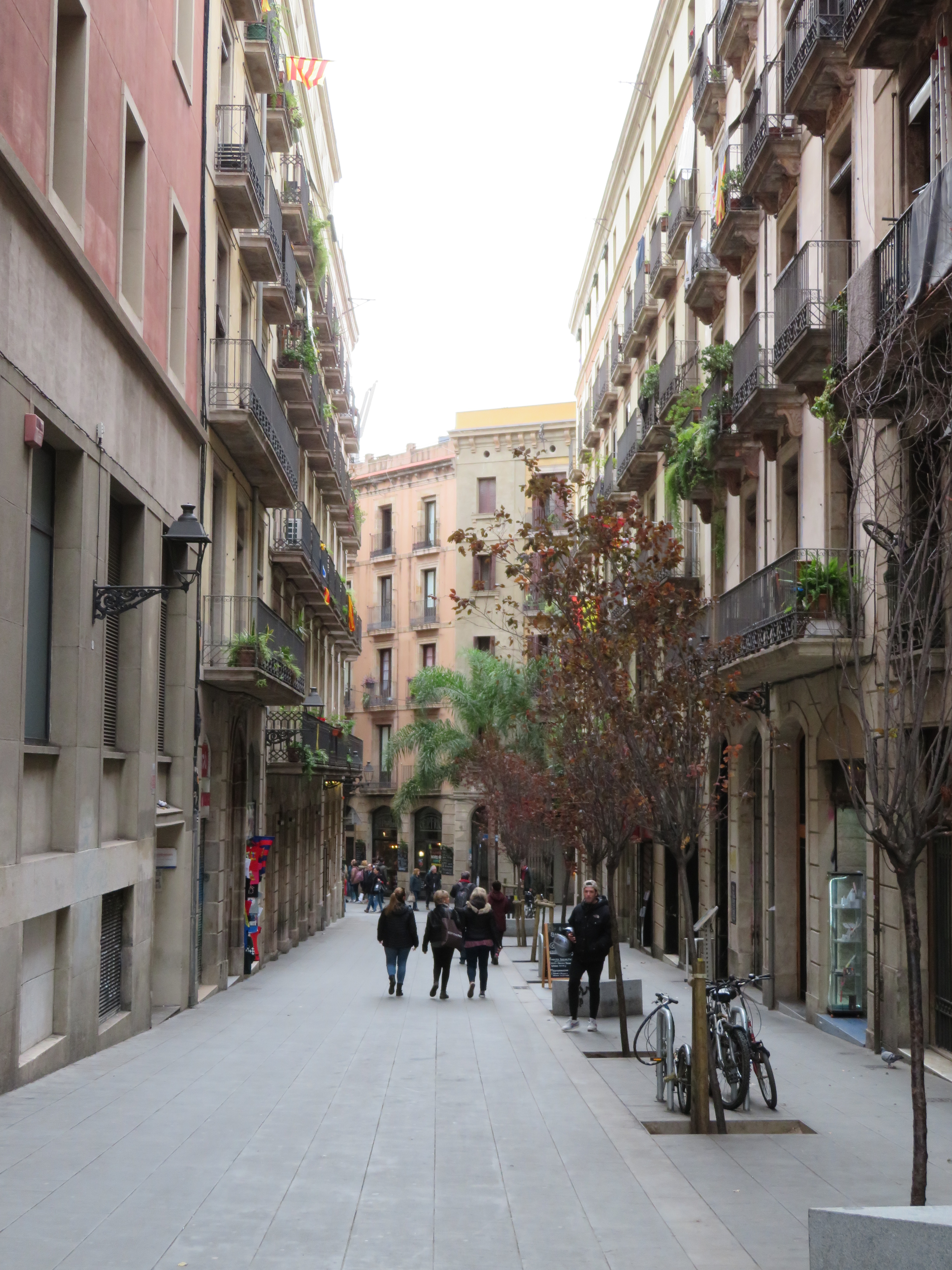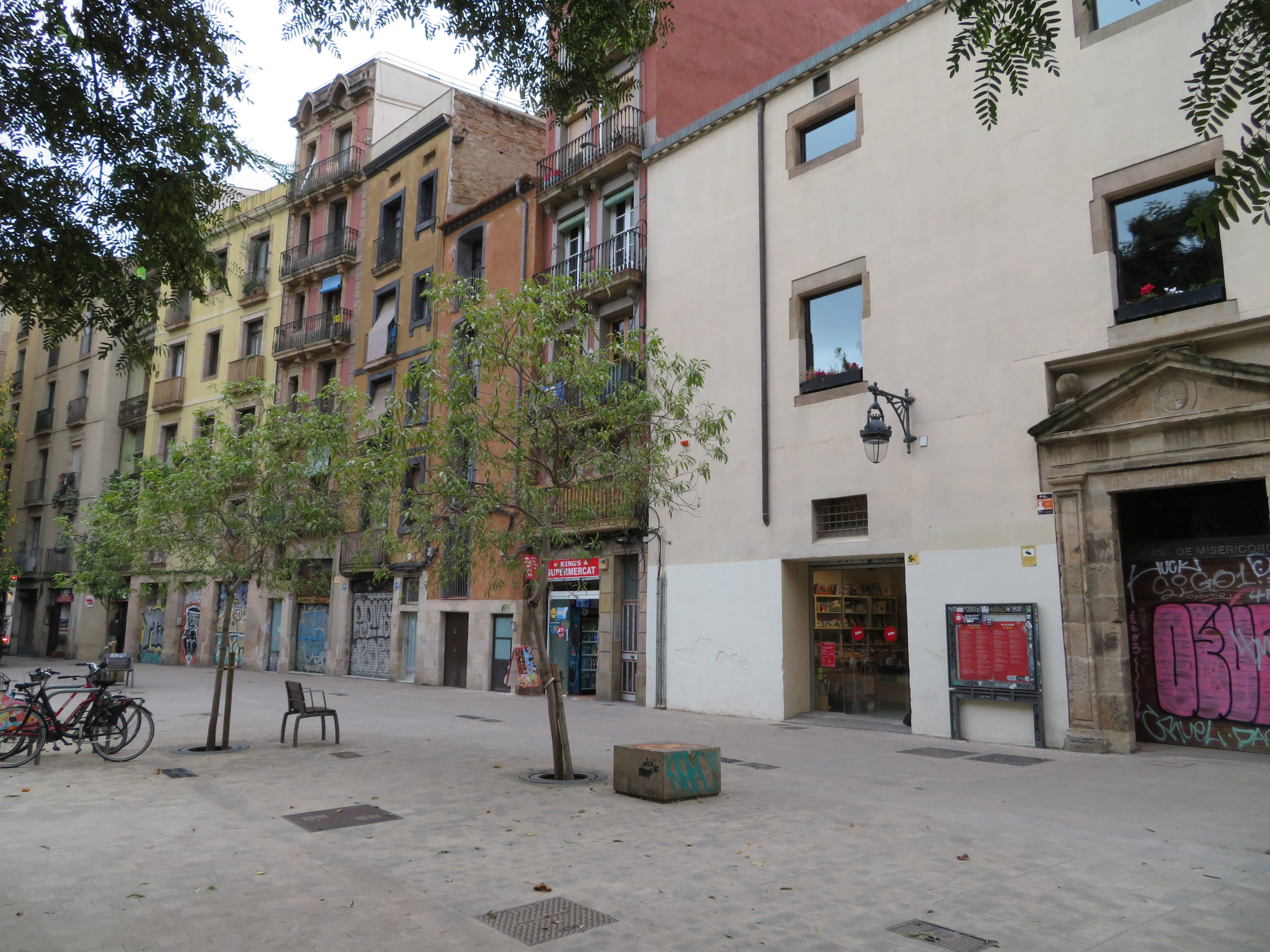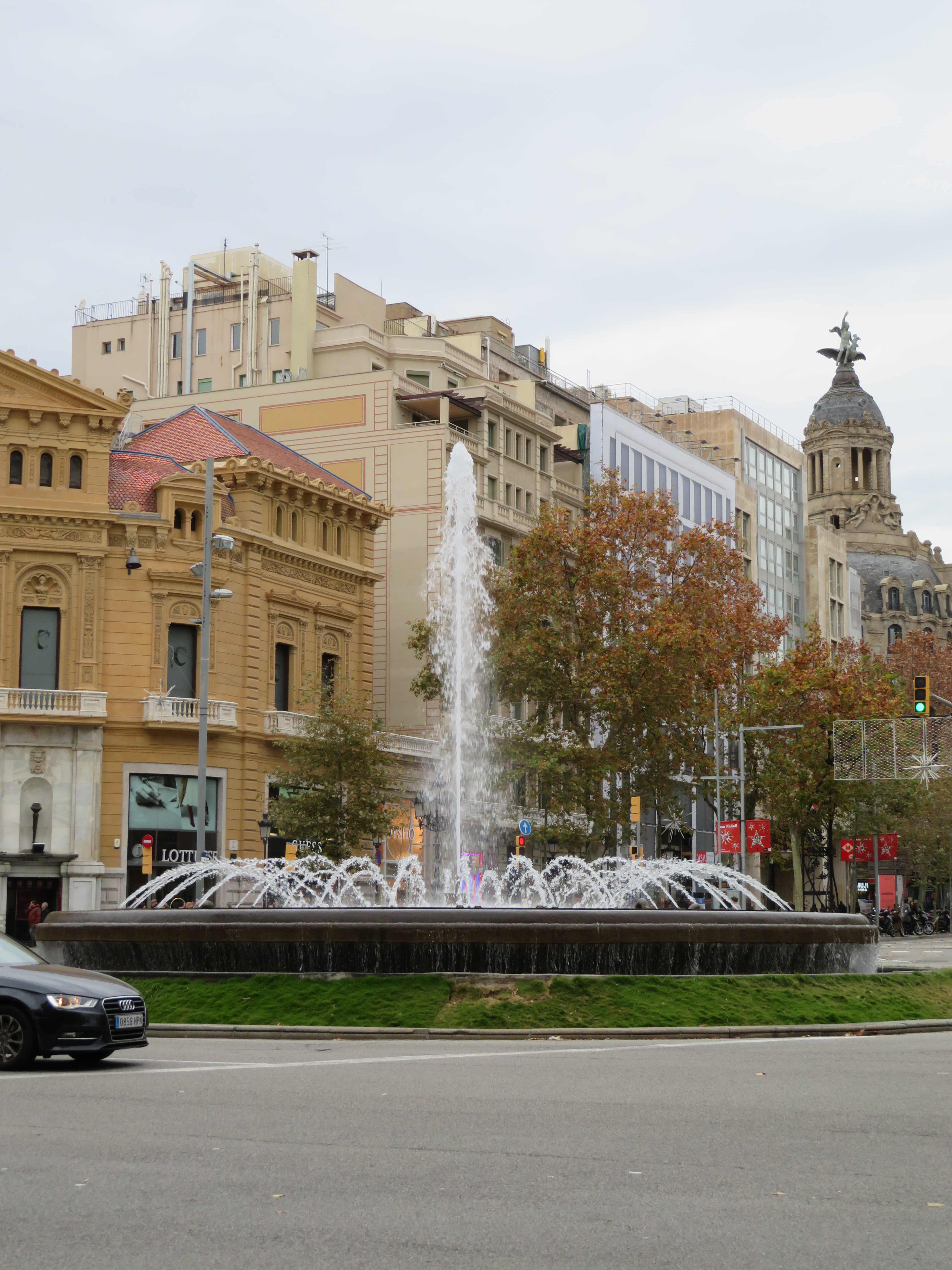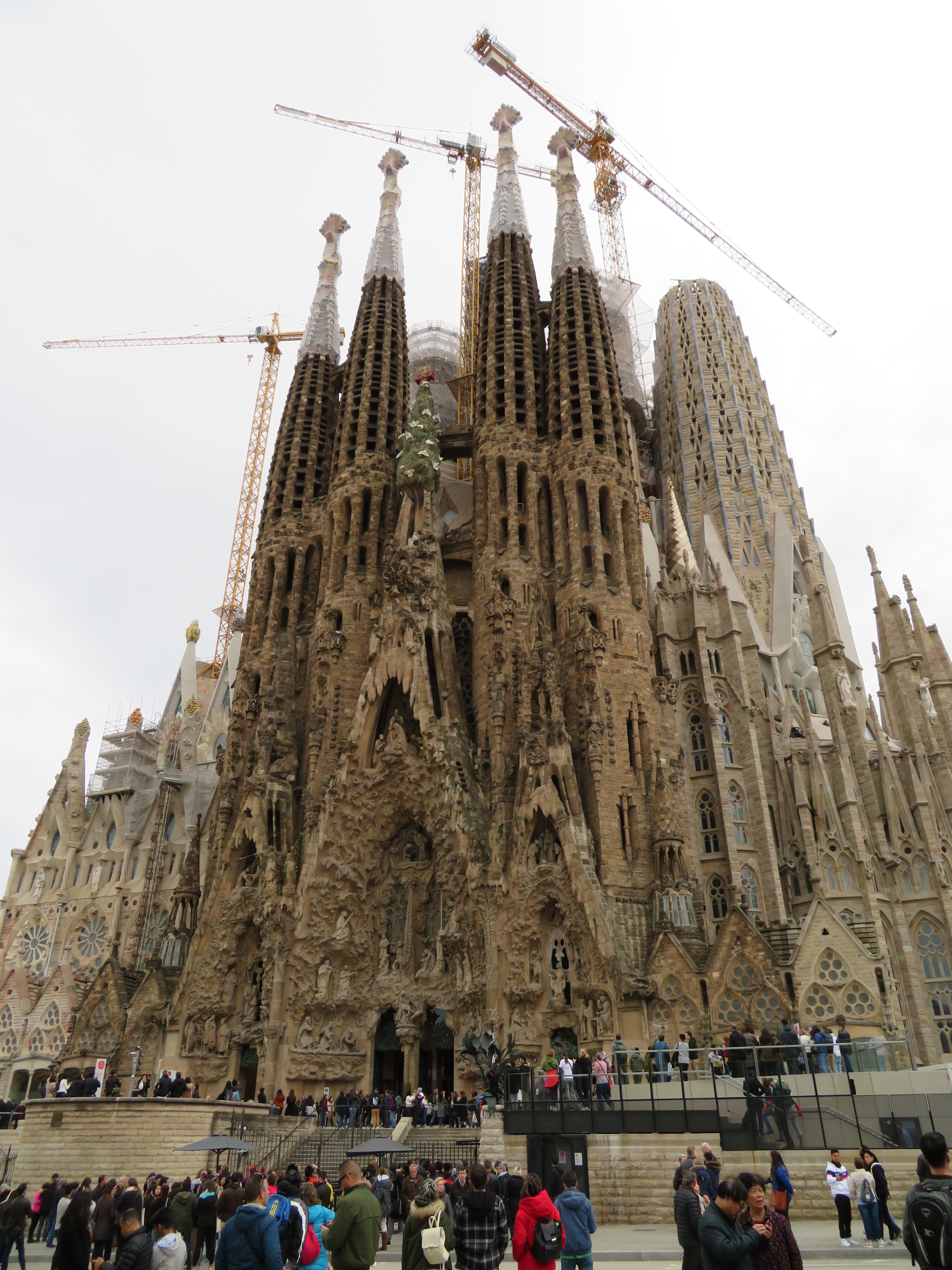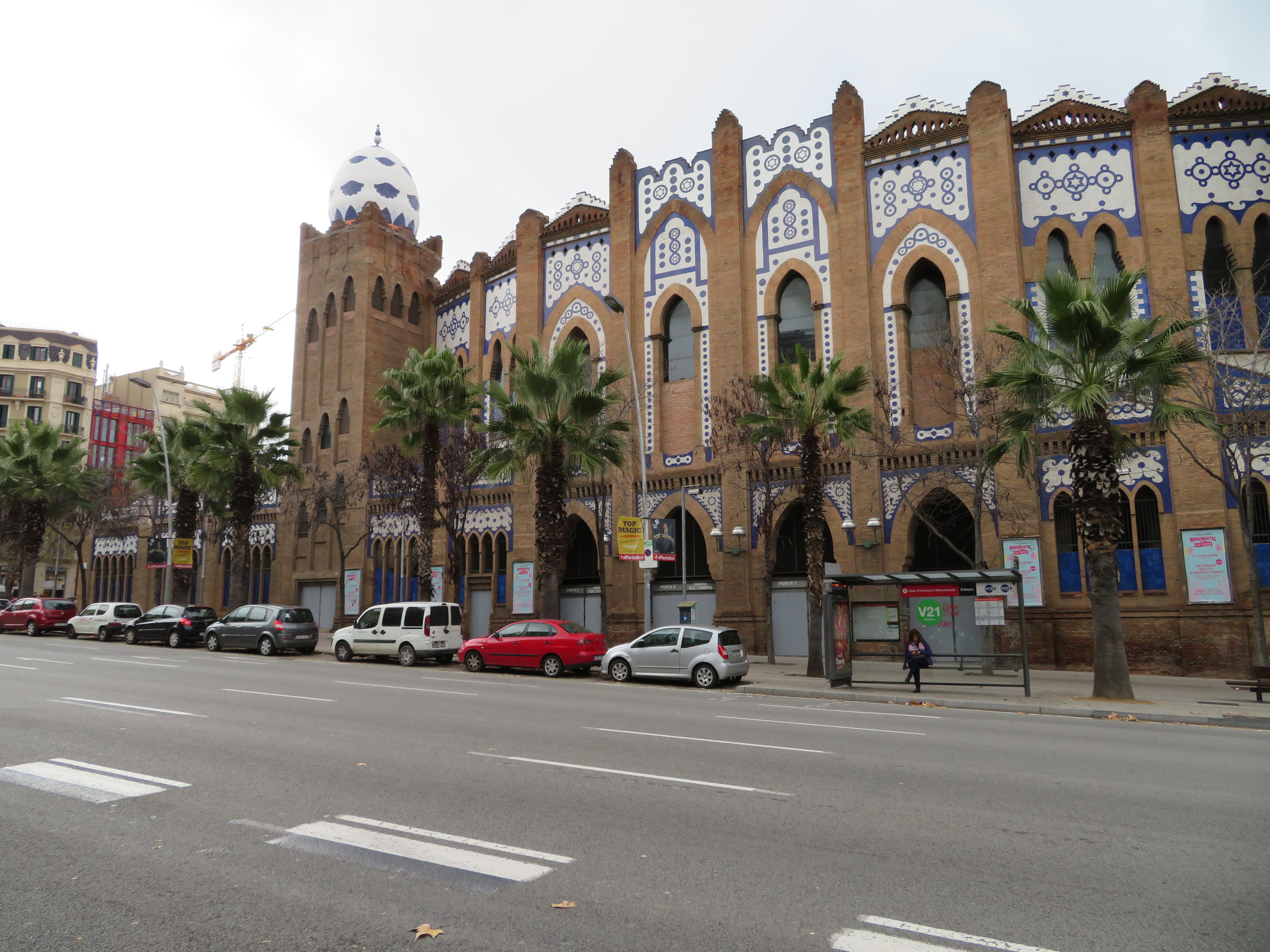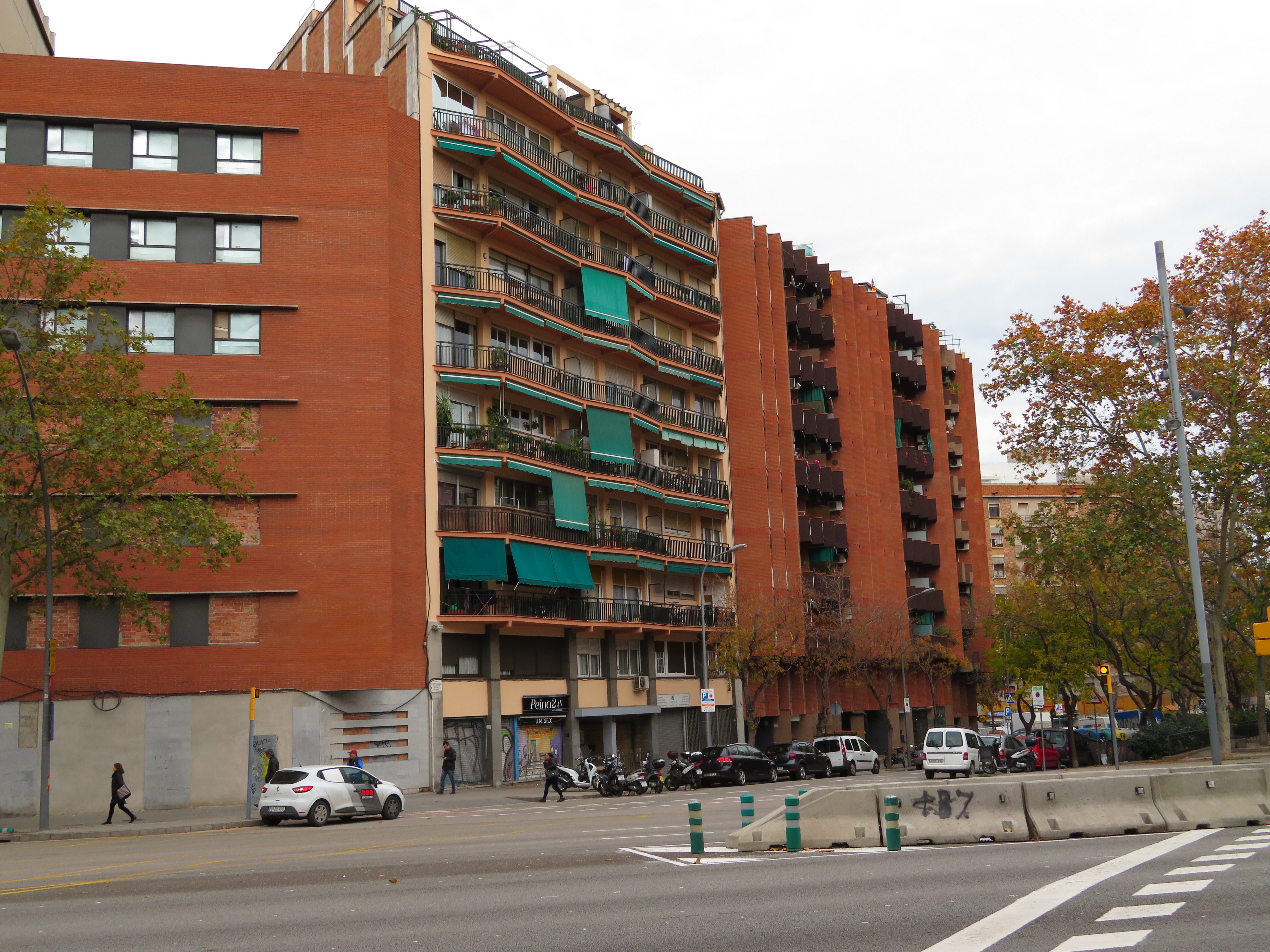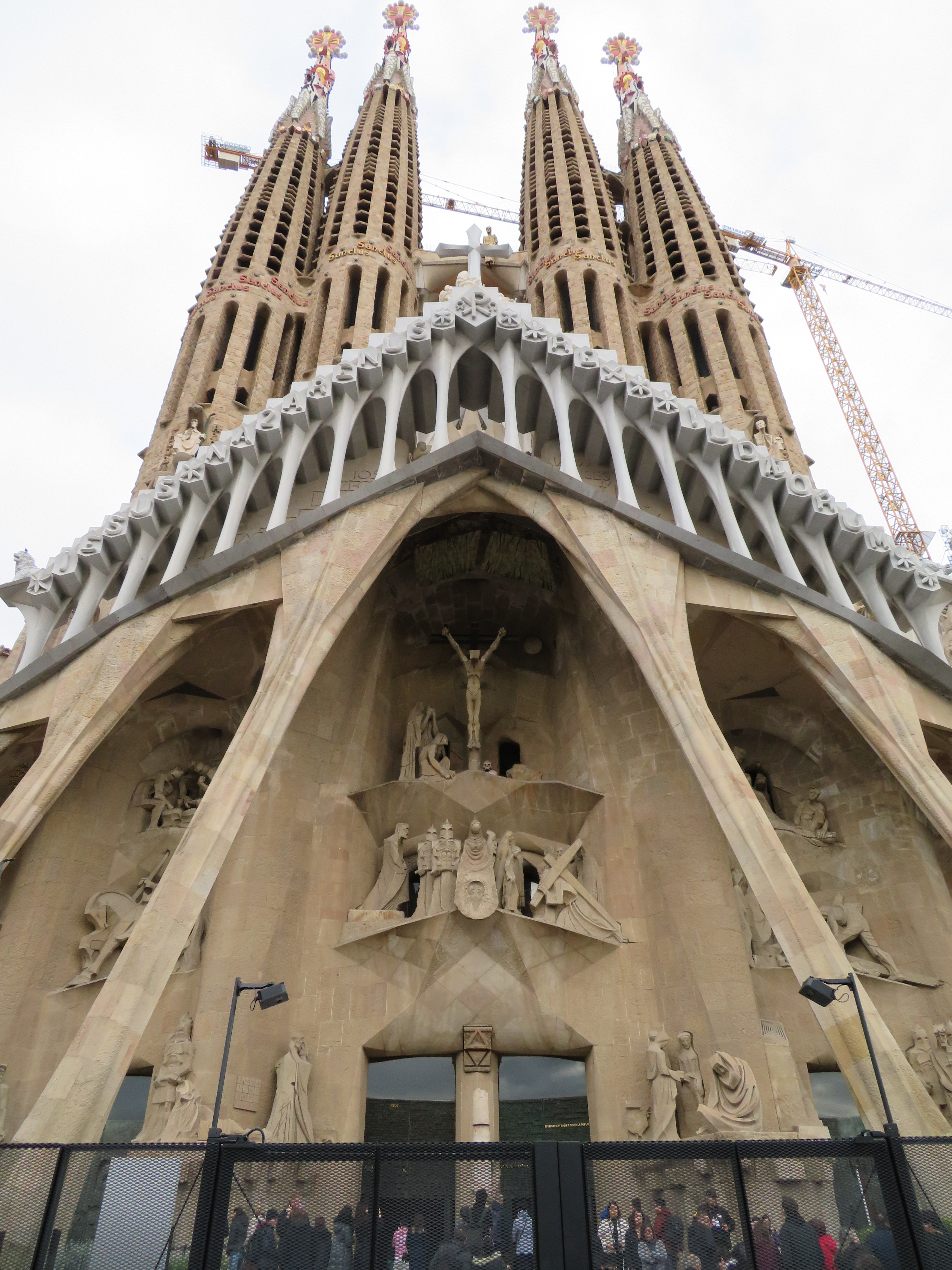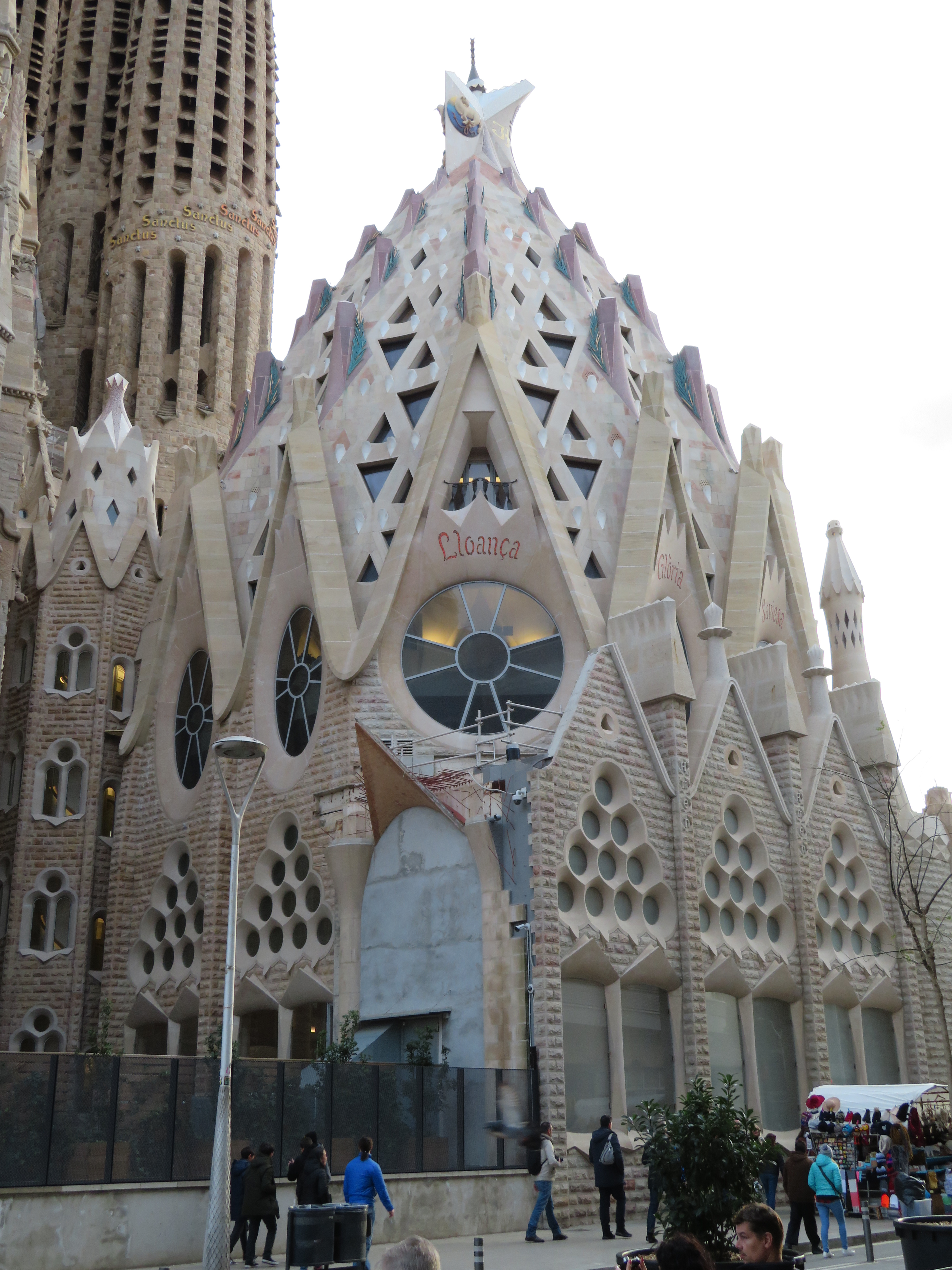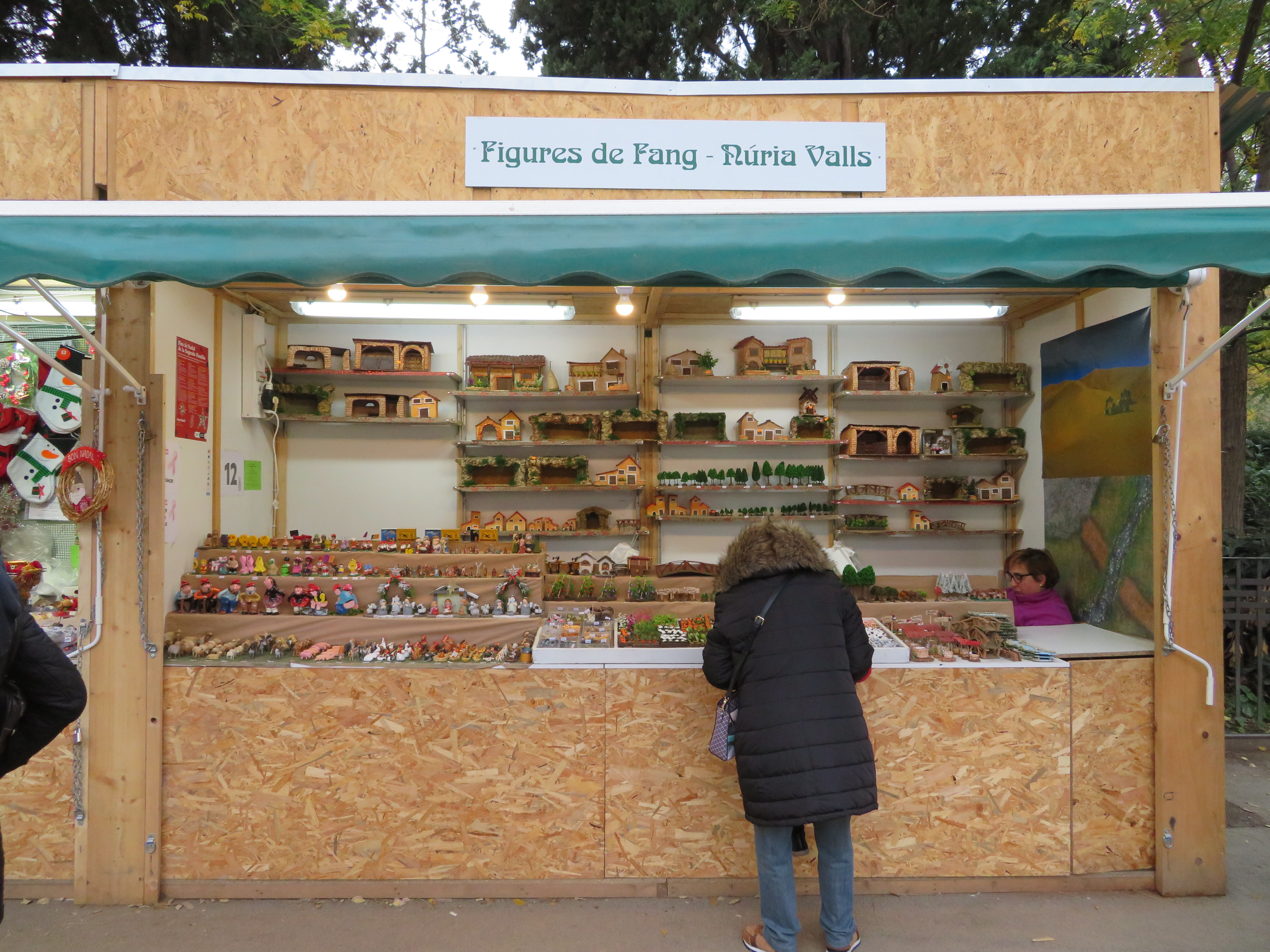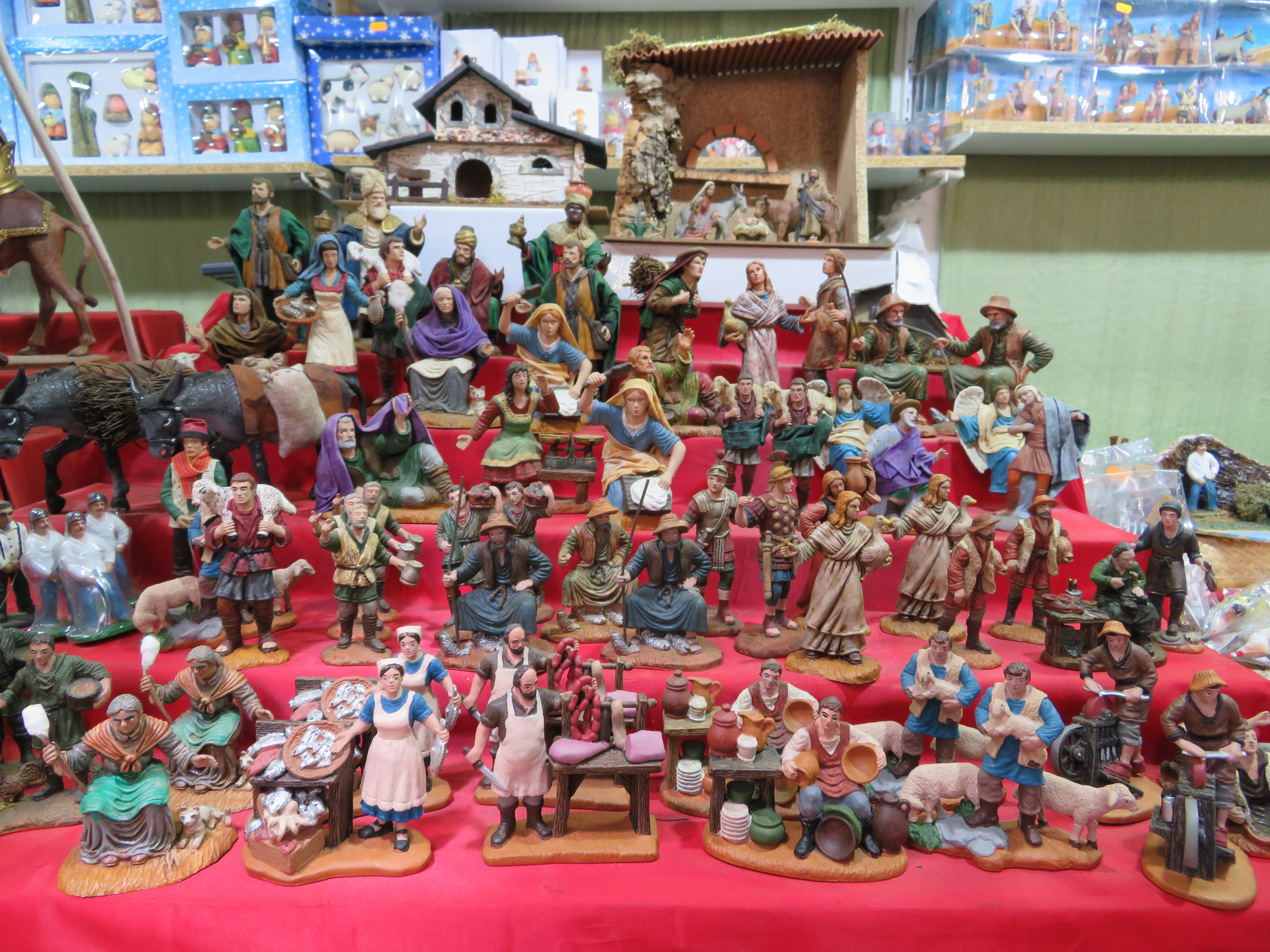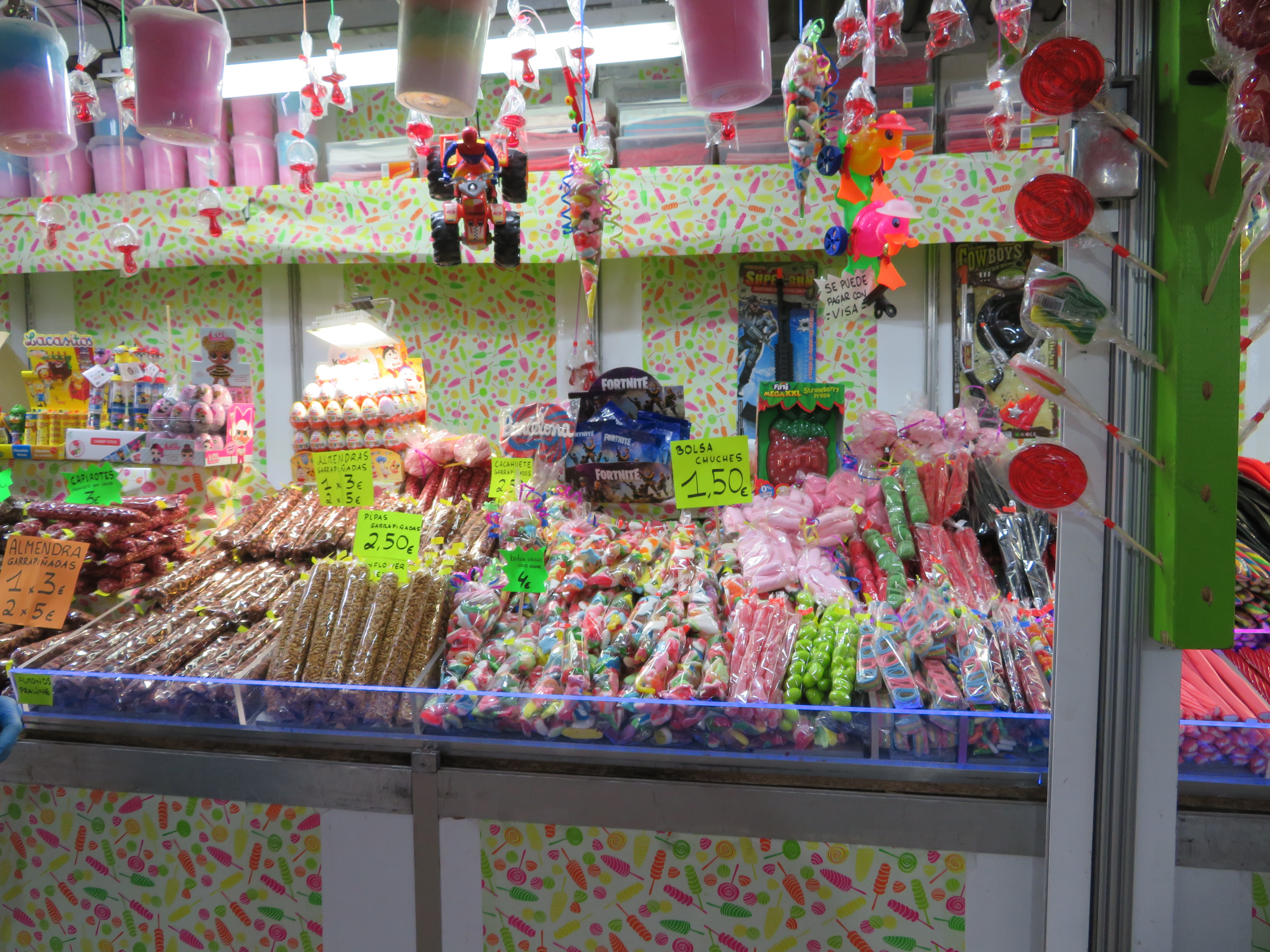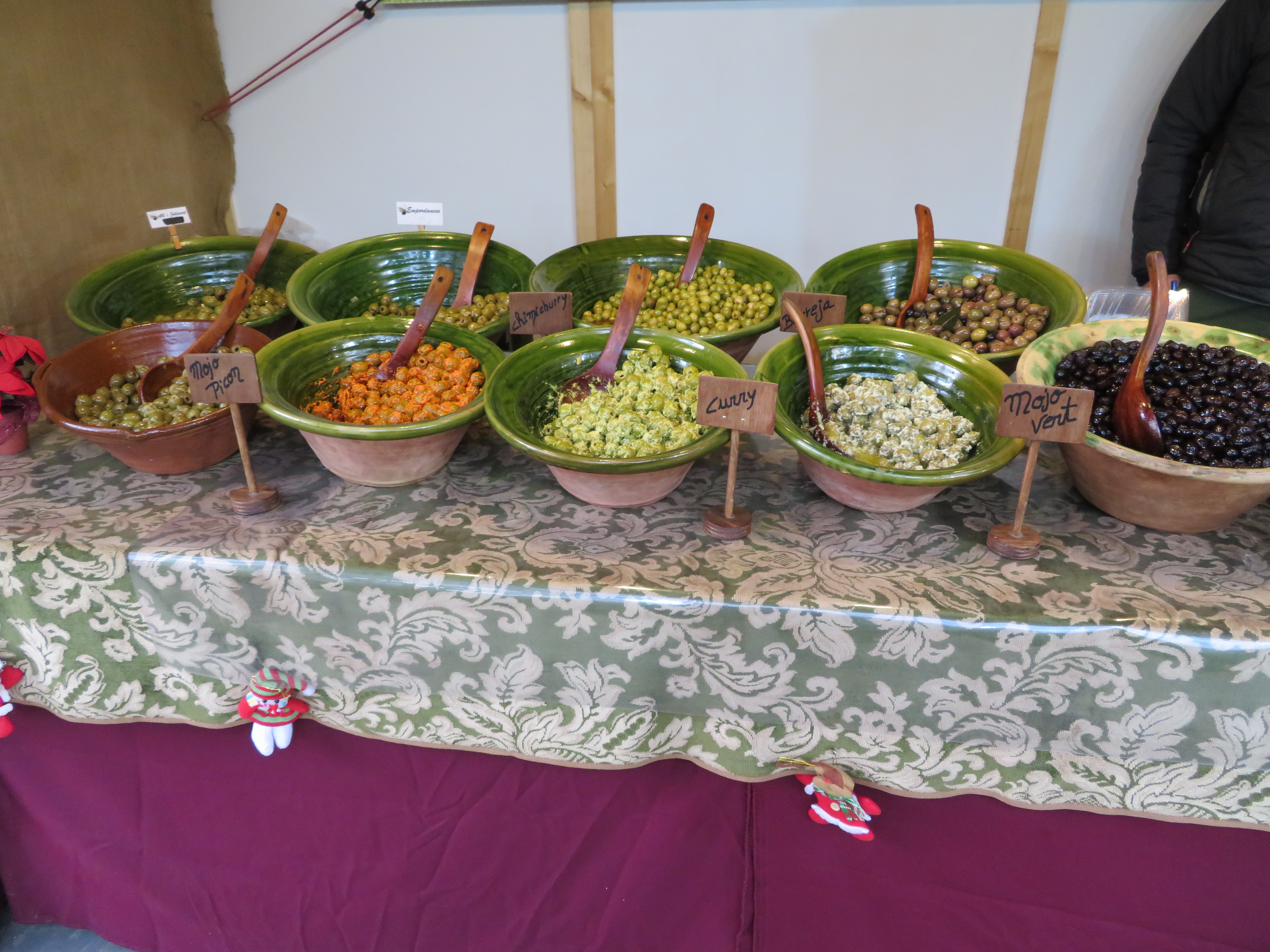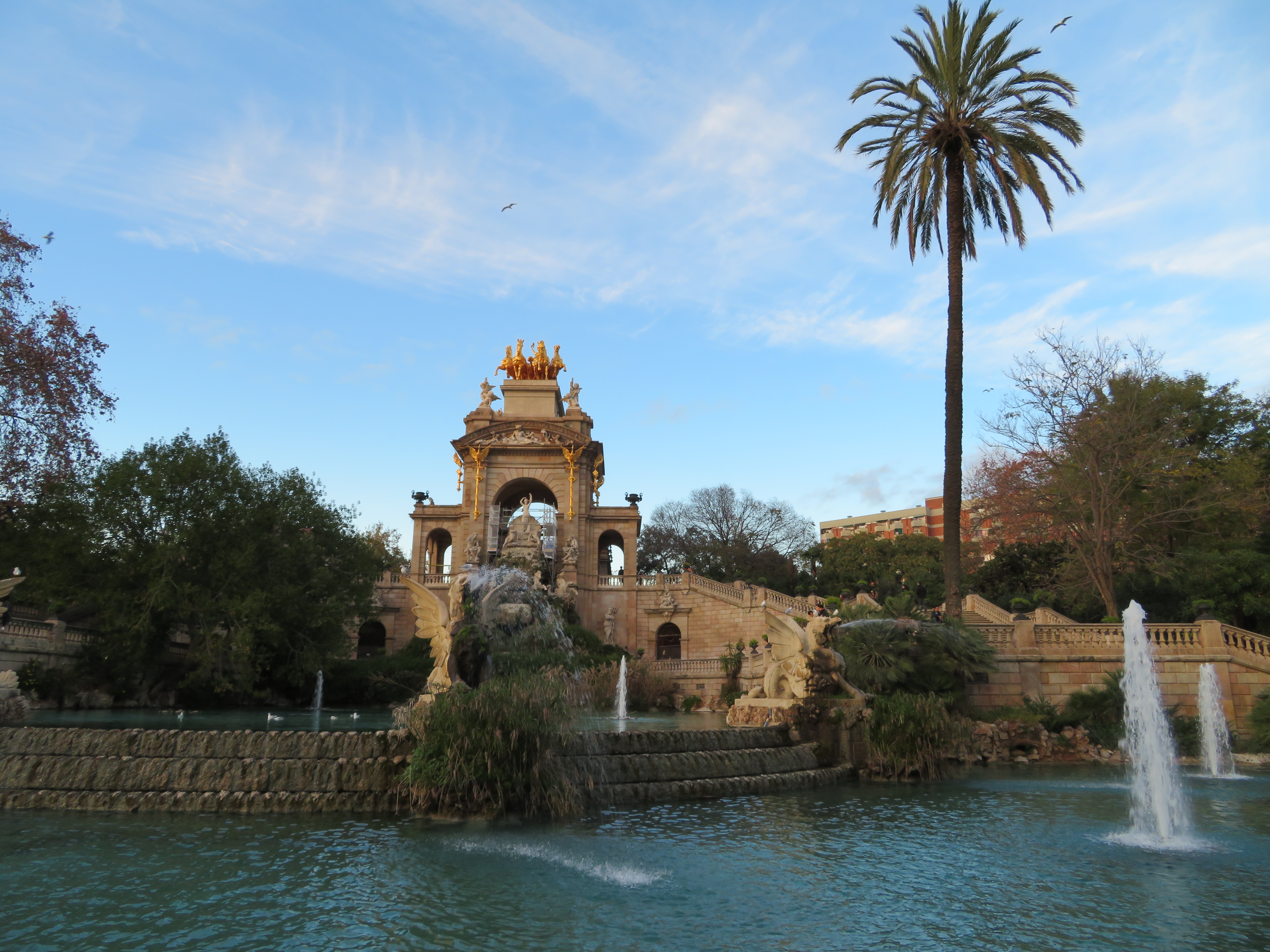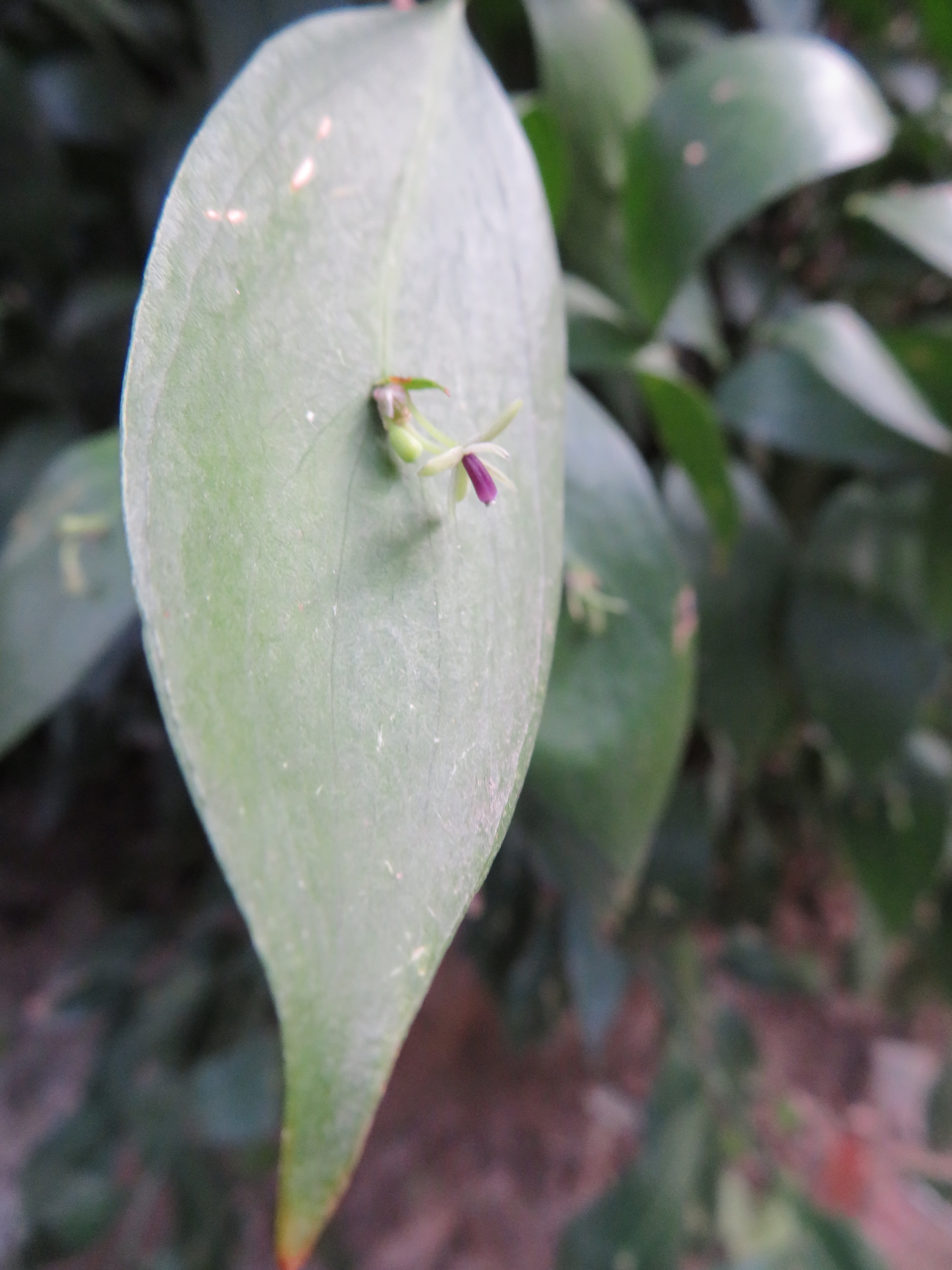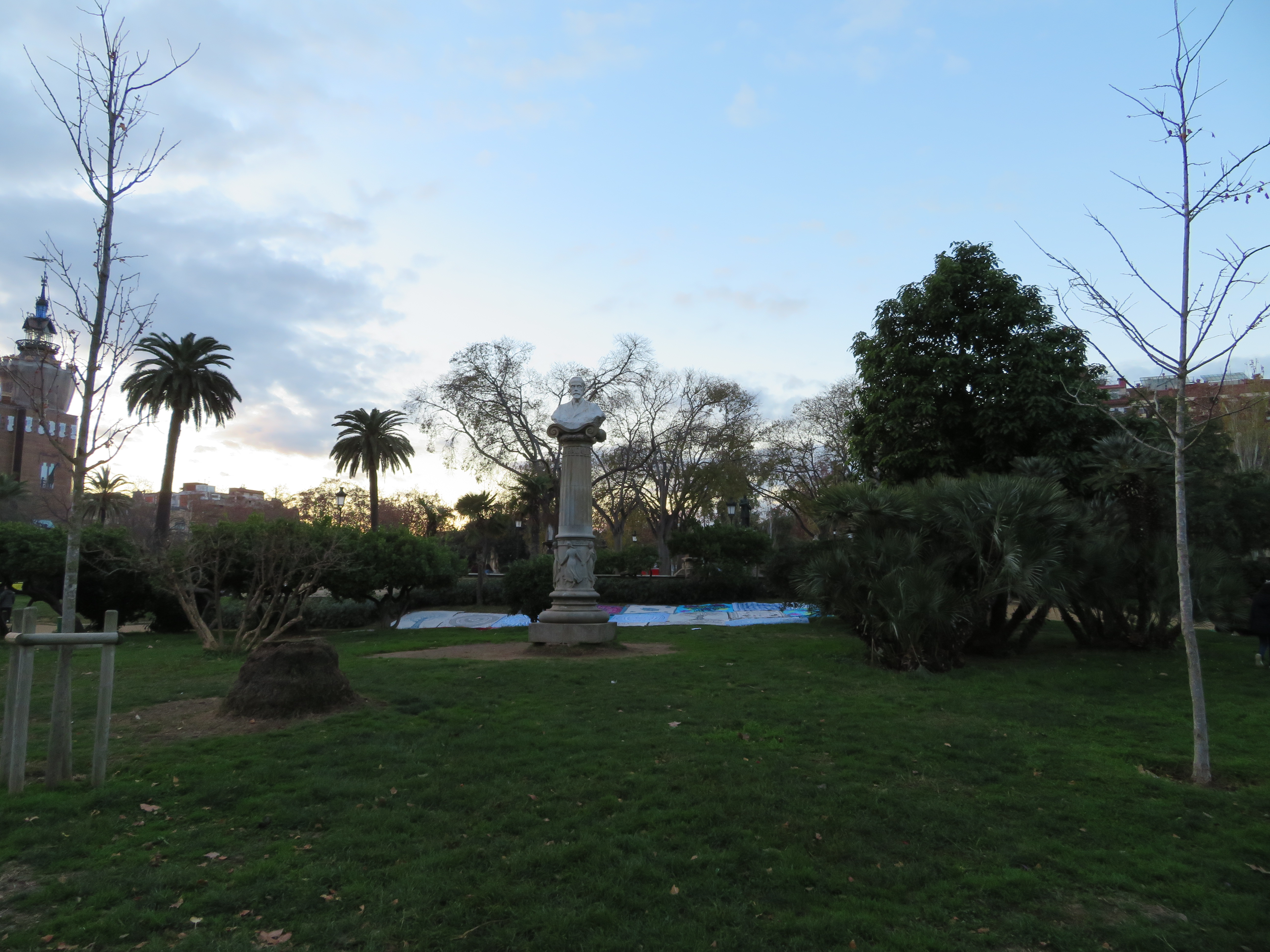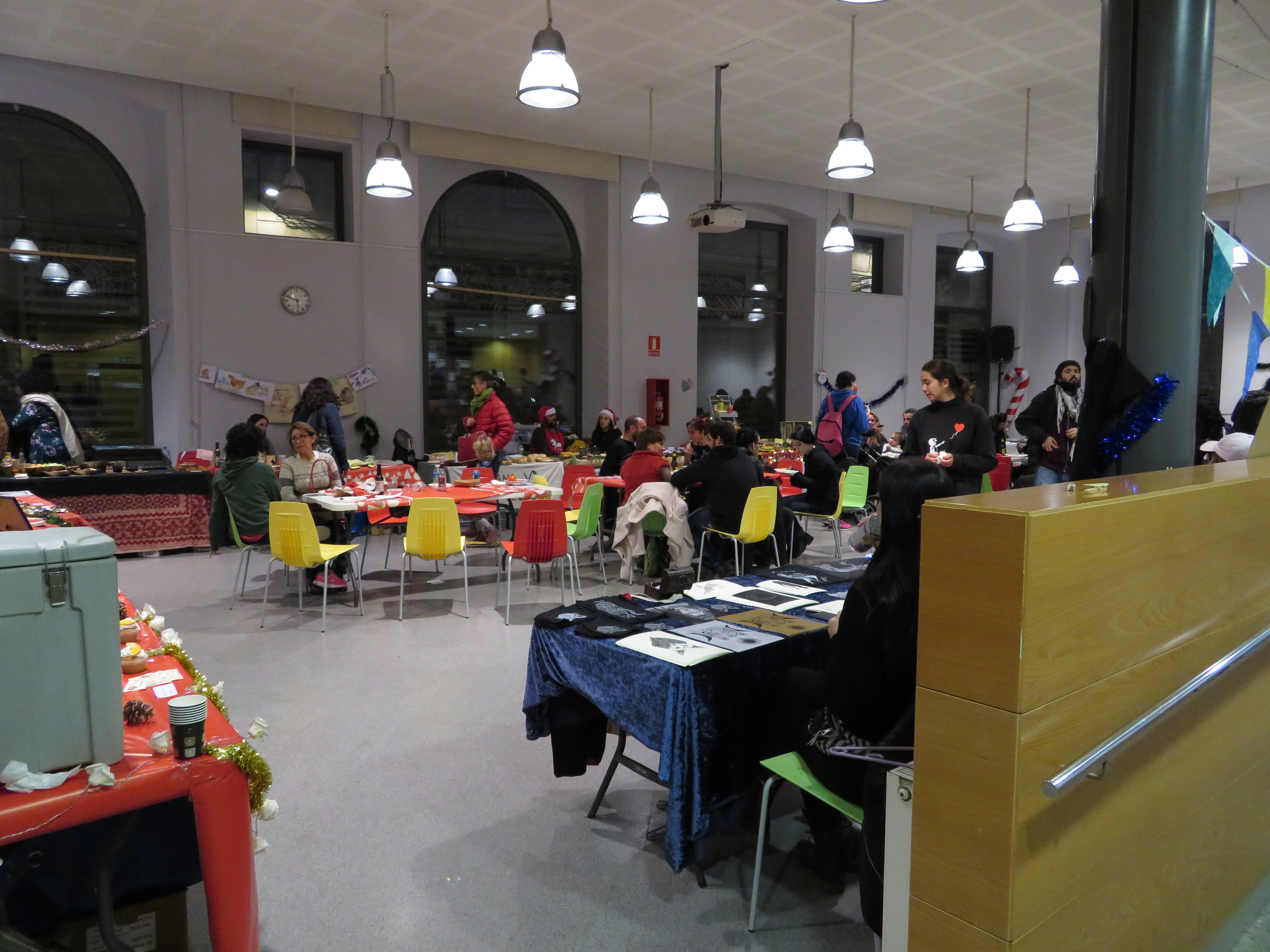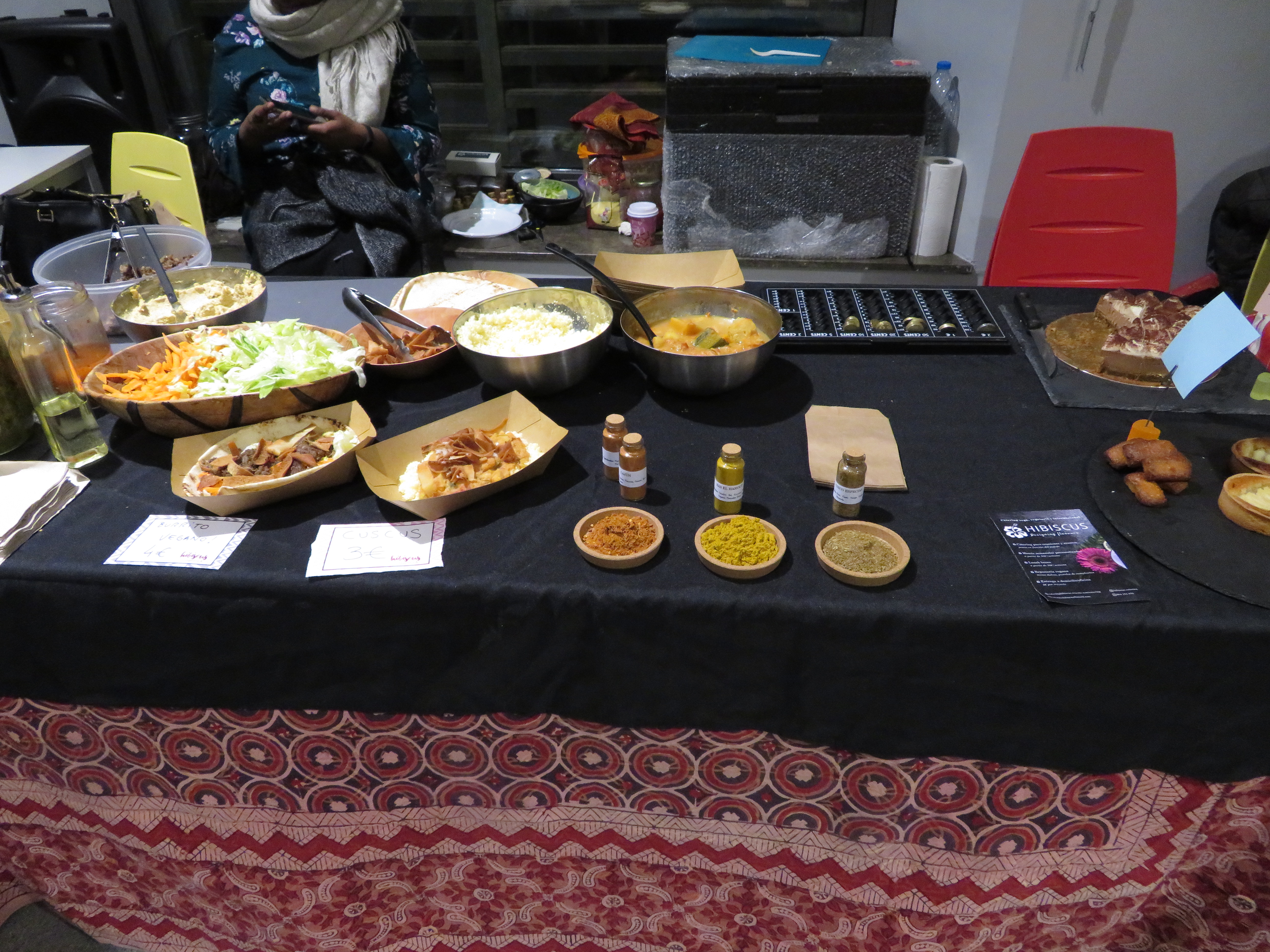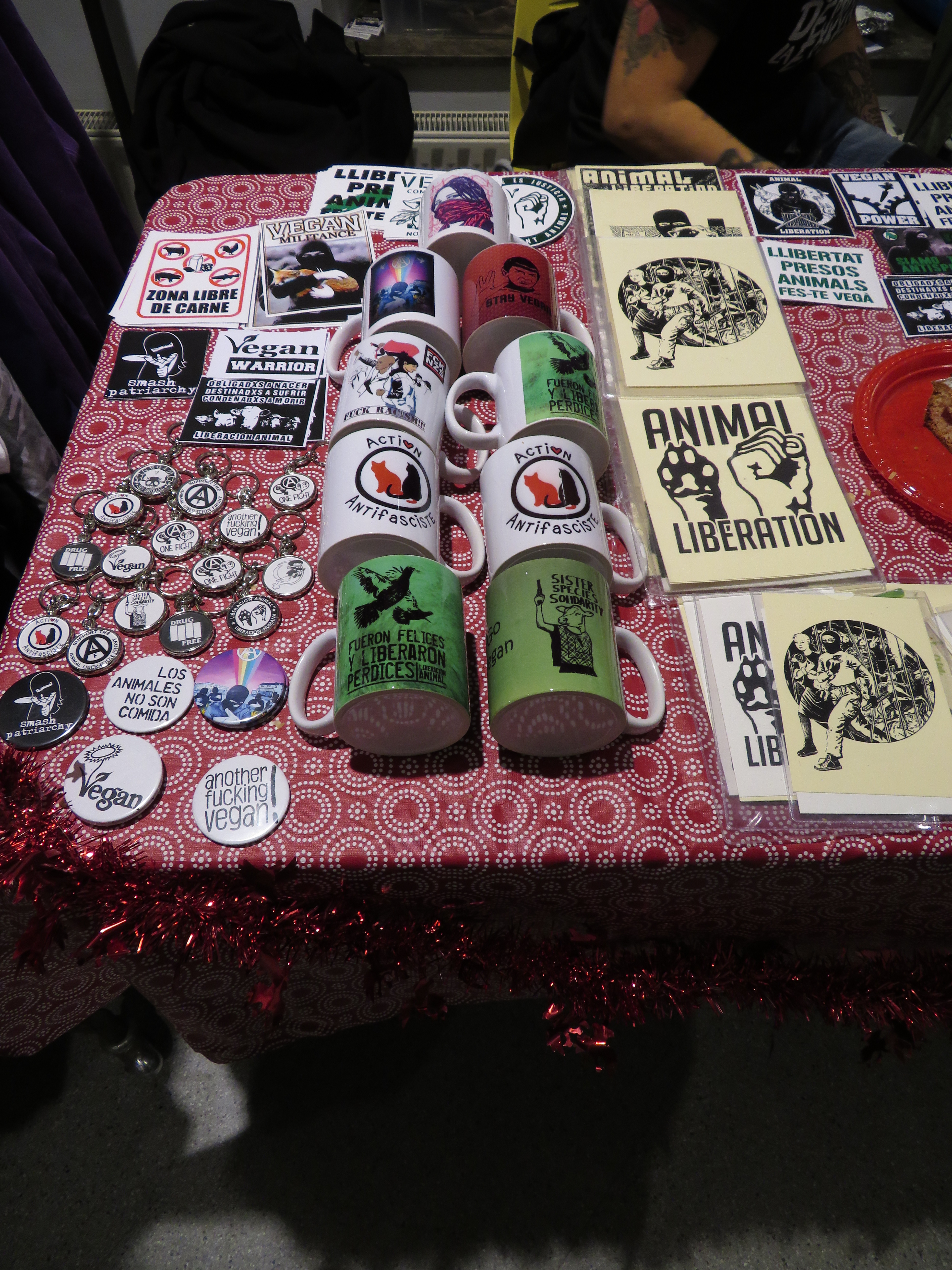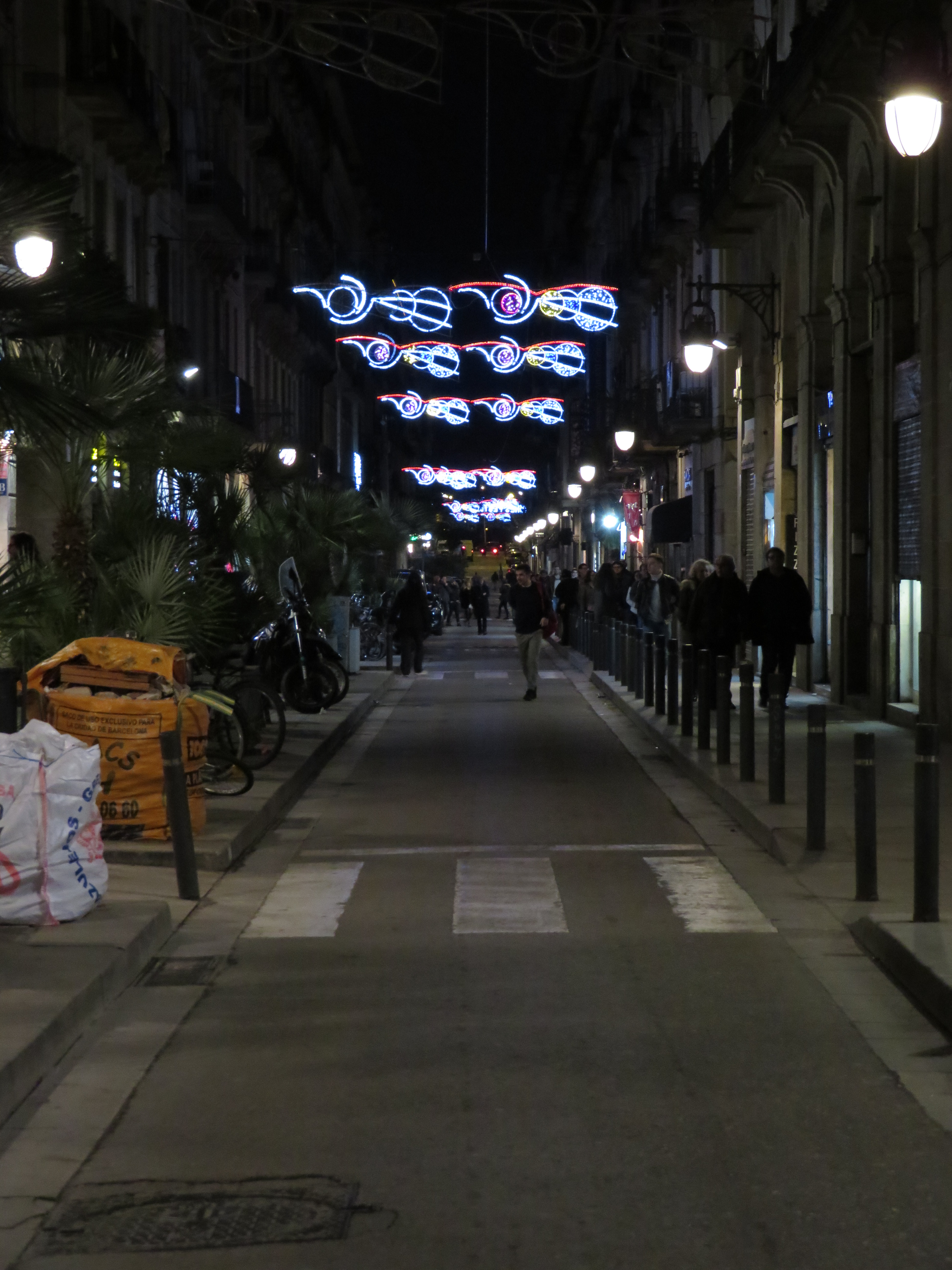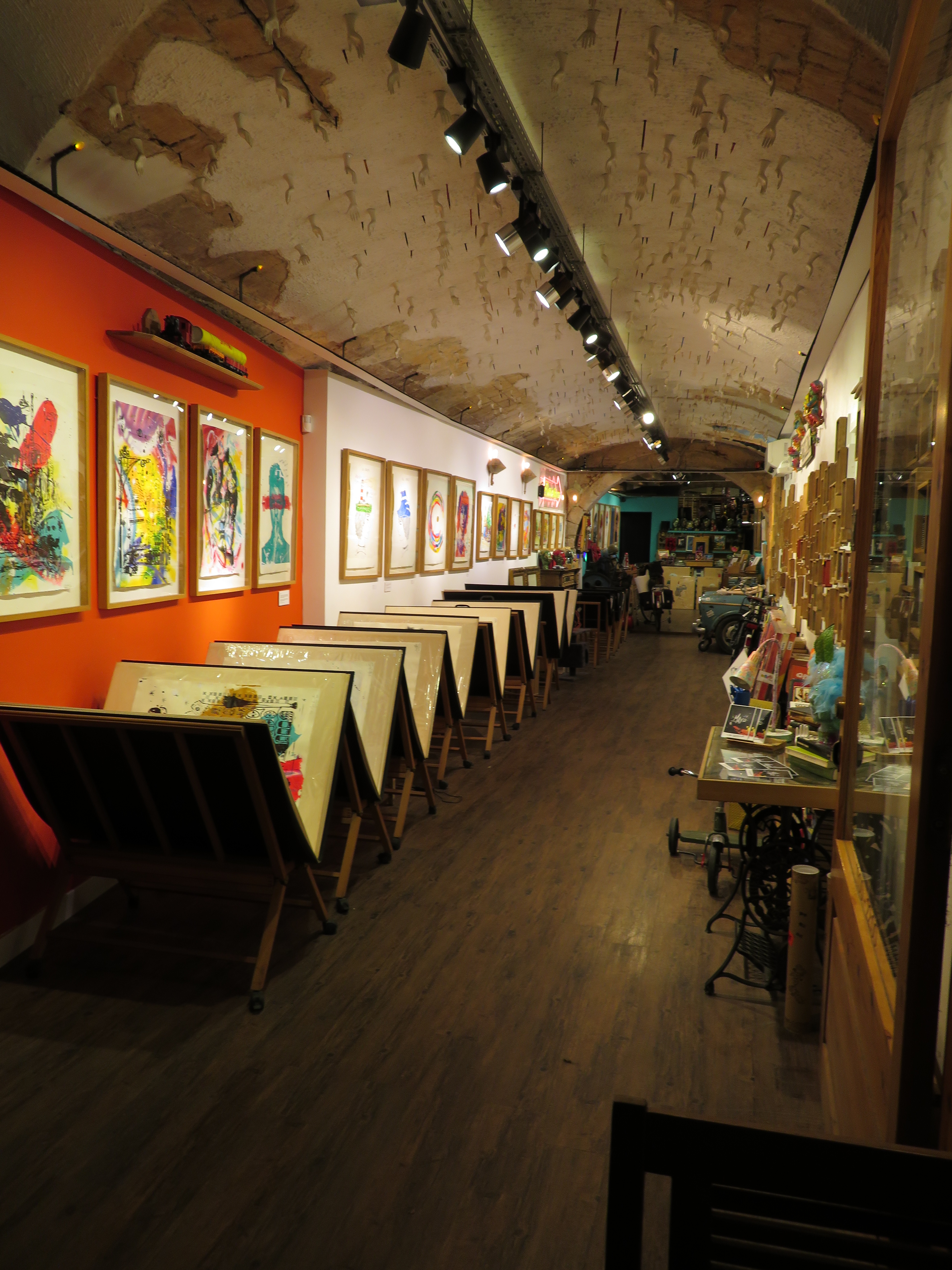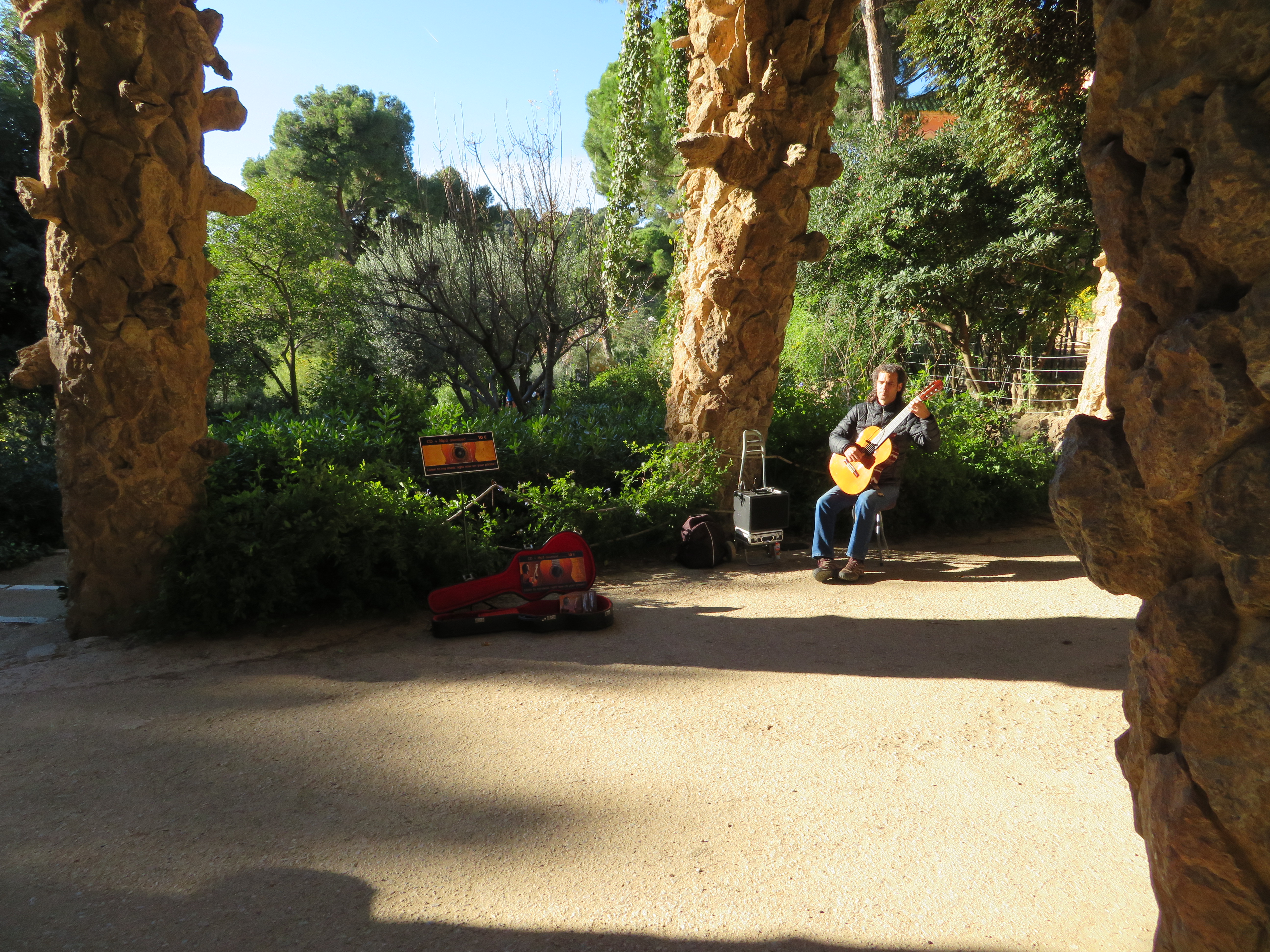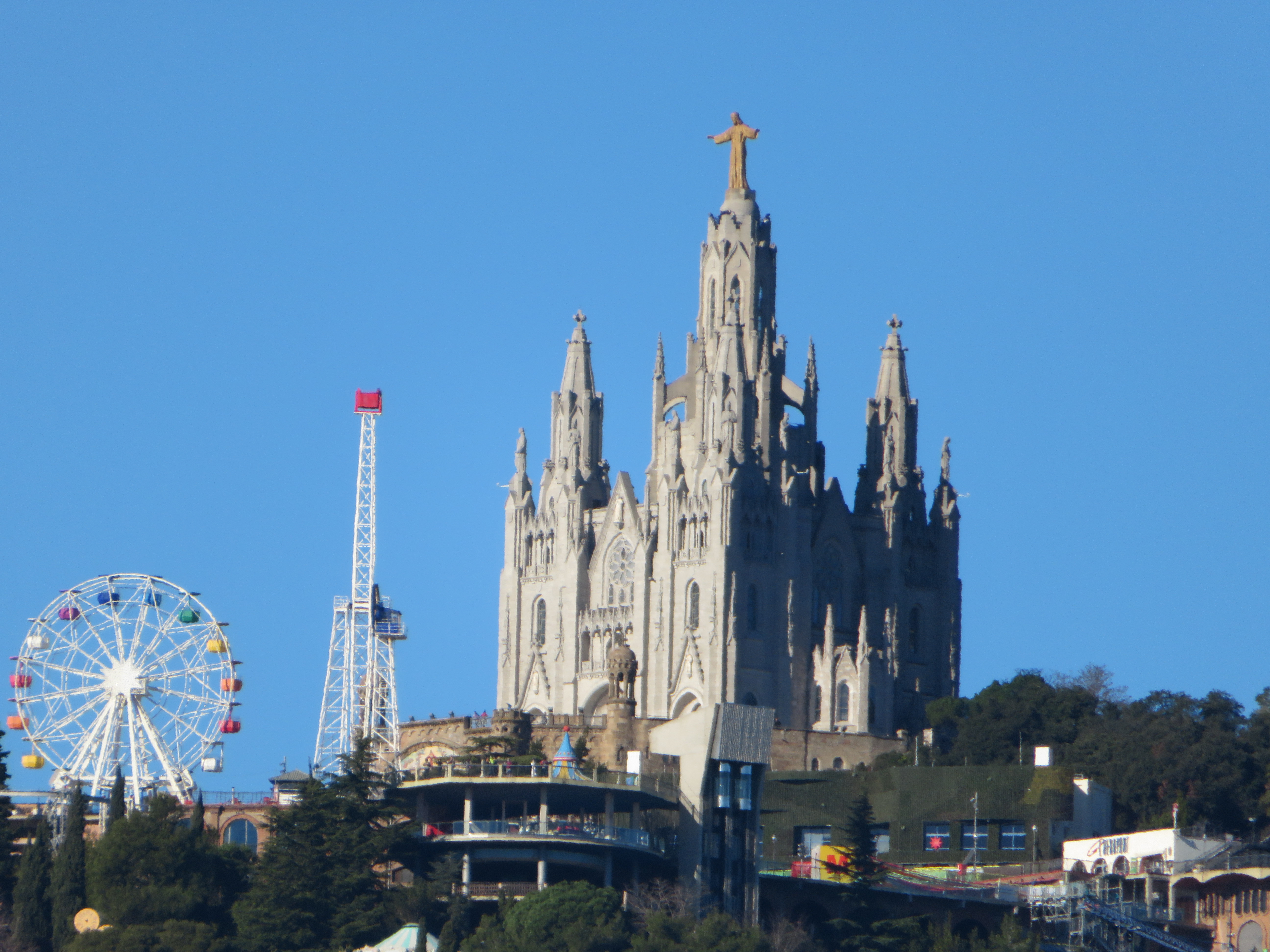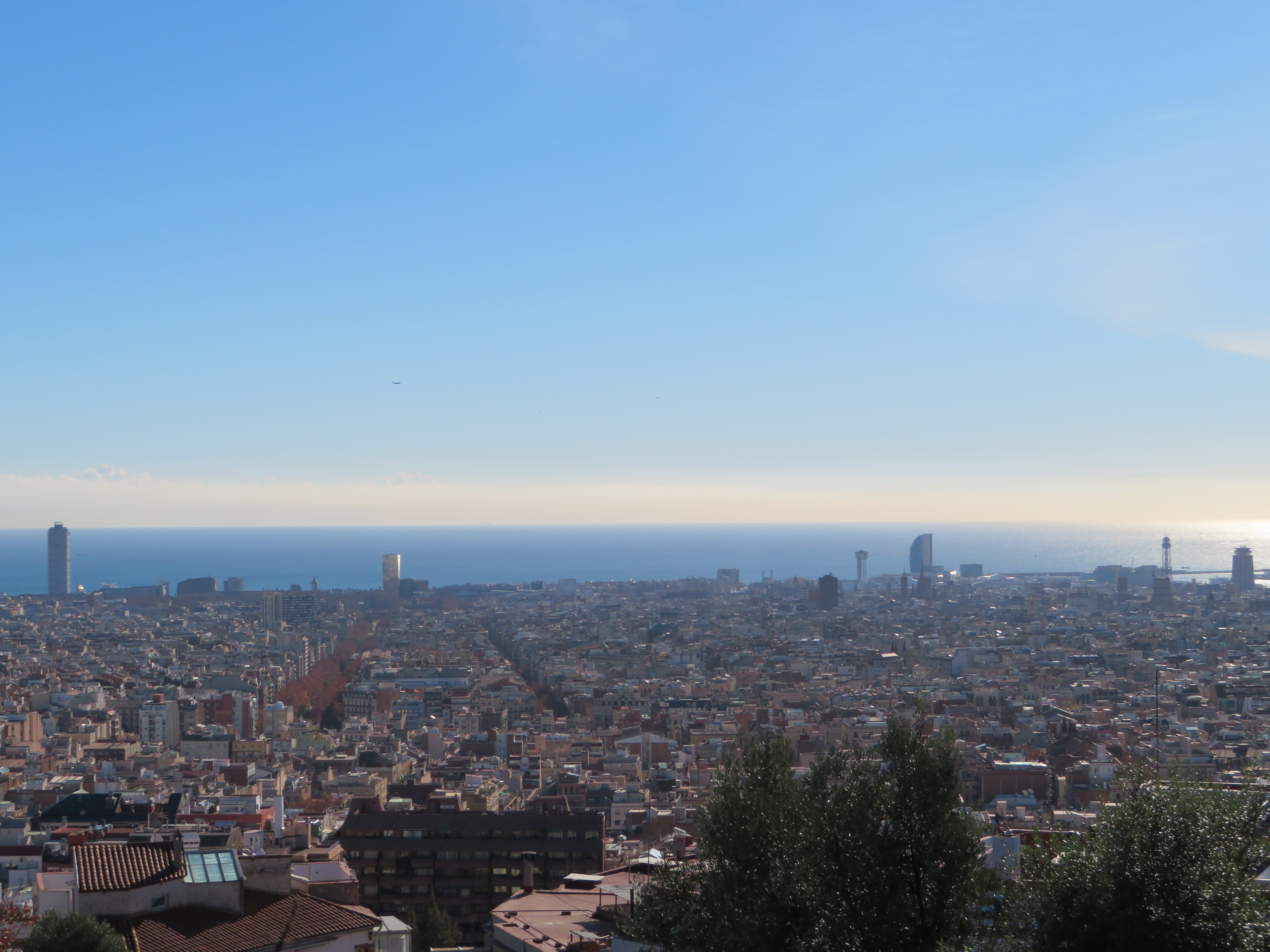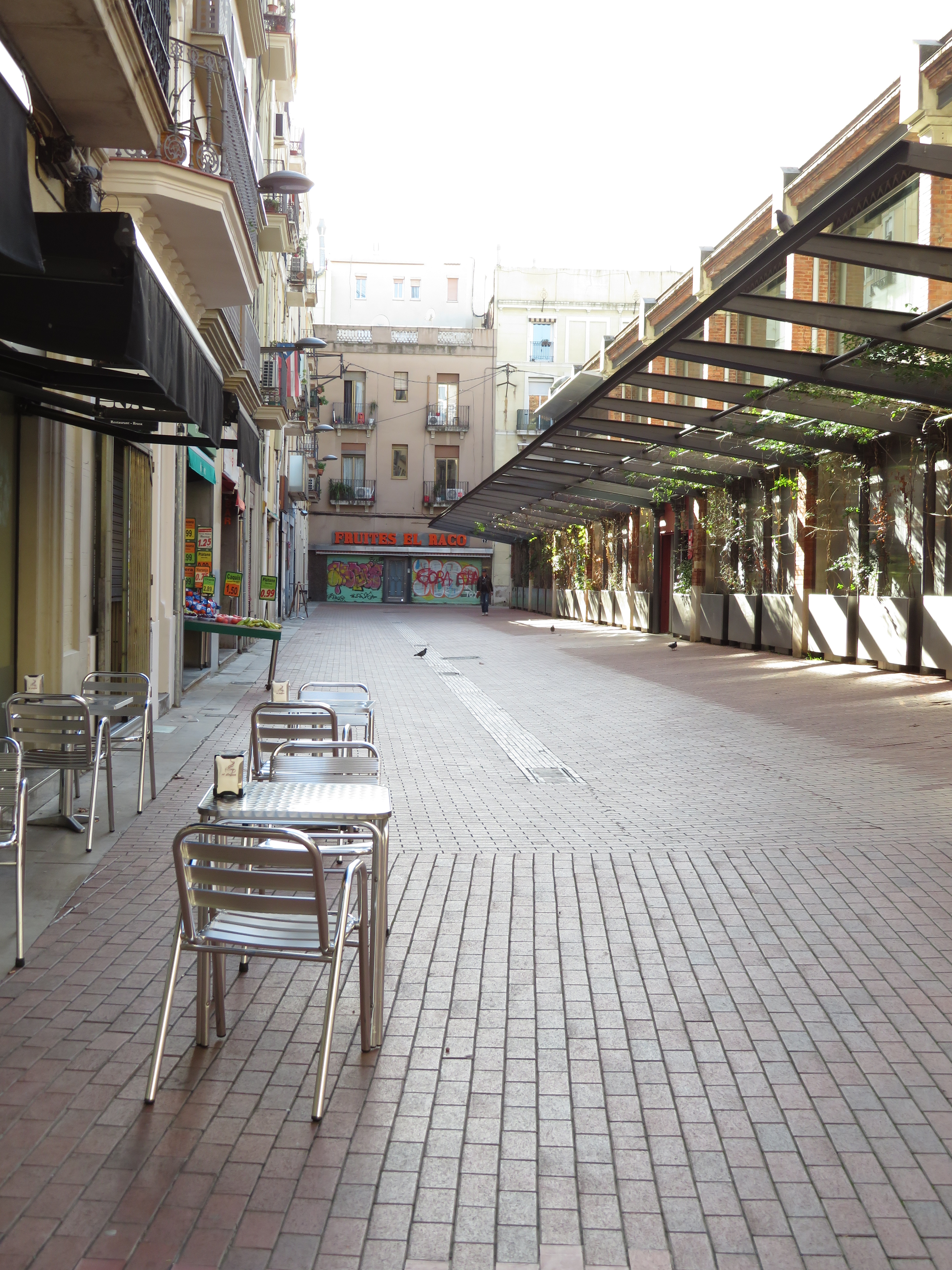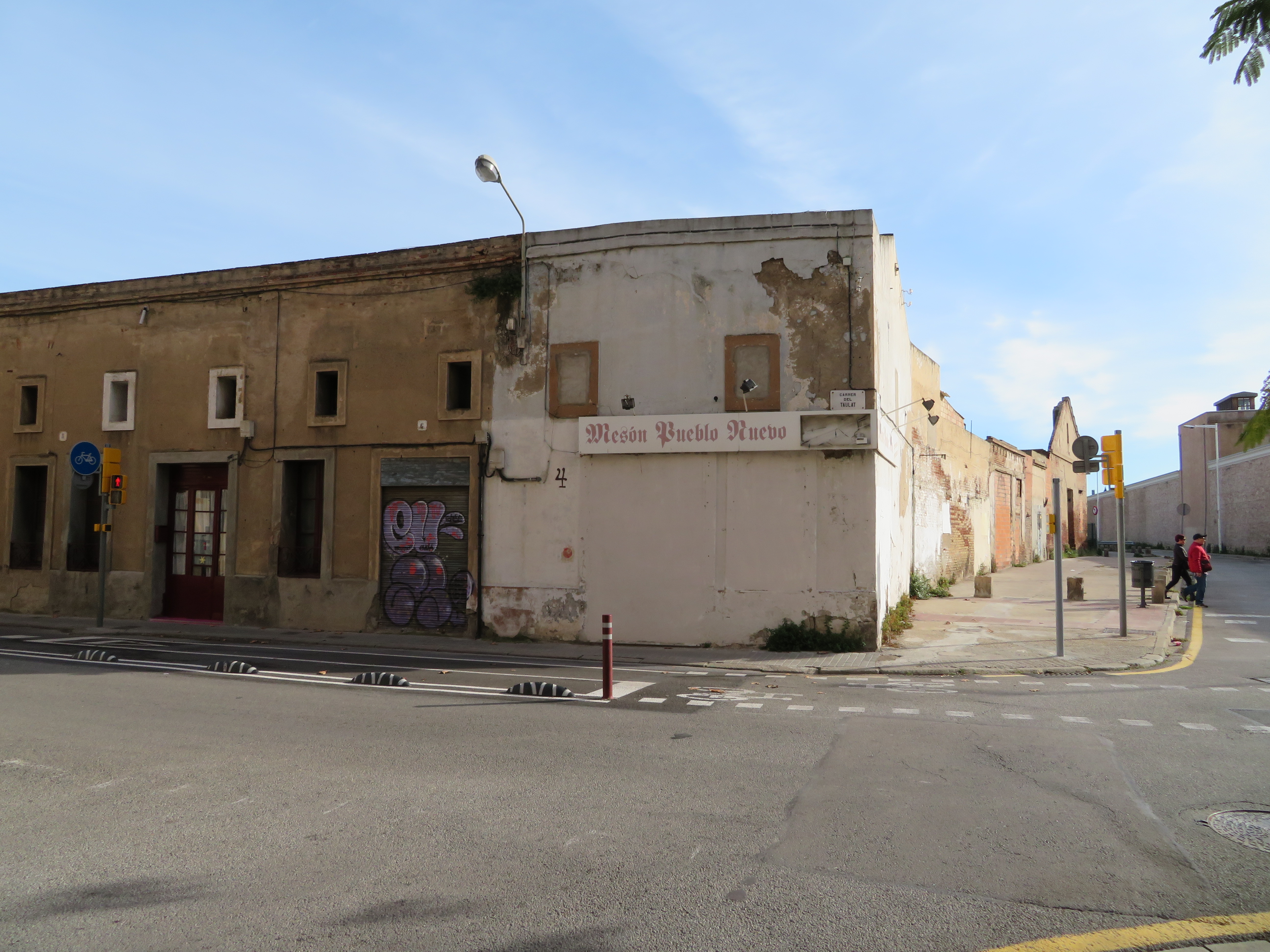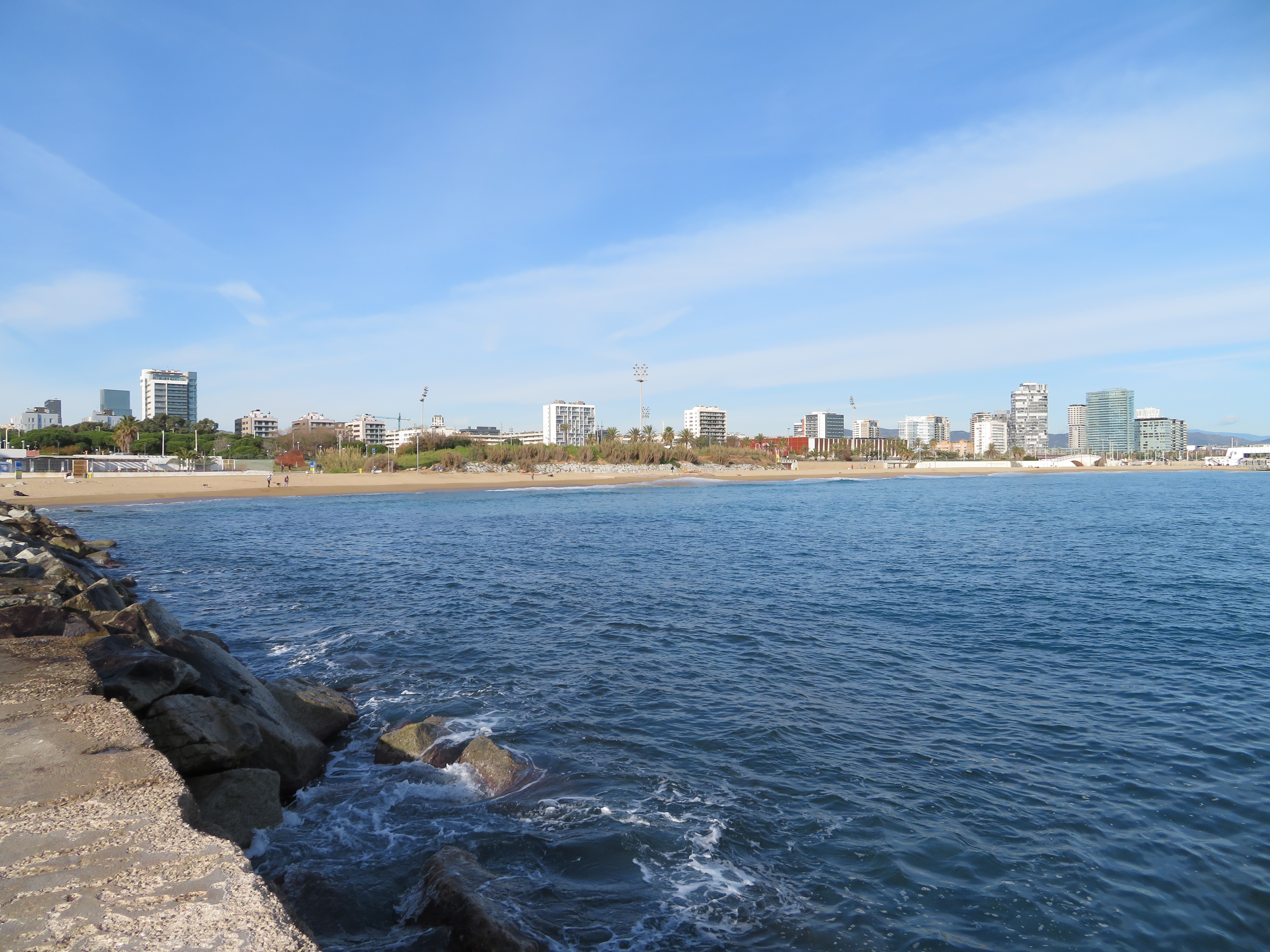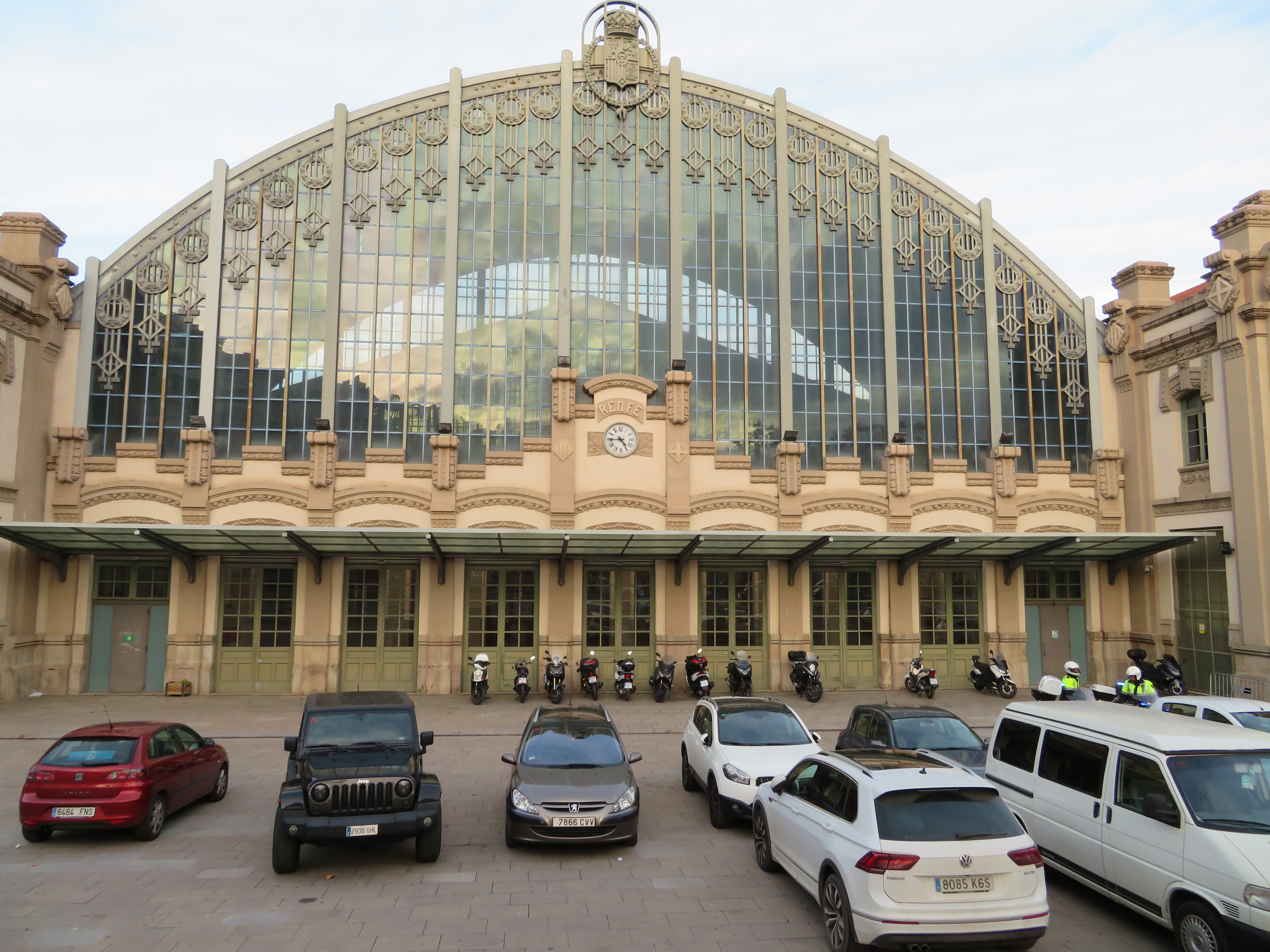Barcelona
During the Christmas holidays in December 2018 I had a 2 weeks vacation during which time I visited Spain. I started off my trip in Barcelona, and travelled all the way to the southern coast of Spain, and ended my journey in the port city of Malaga.
Prior to this journey I had only taken long-haul flights and this was my first trip with a domestic airline. I booked my flight with EasyJet, an economical airline which is very popular throughout Europe.
I departed Geneva at 9 AM and arrived at airport in Barcelona around 10:15 AM. The first thing I noticed after leaving the airport was the difference in the environment between Switzerland and Spain. There were lots of palm trees everywhere, and the climate was also quite mild compared to Geneva, where it was around zero degrees during the night.
Barcelona is the second-most populated municipality in Spain, behind its capital, Madrid. This region also has its own language called Catalan, which sounds similar to Spanish (to outsiders), but is in fact closer to French and Italian. After leaving the airport, I took a shuttle to the city centre. The first thing I did was to rent a bicycle, as the city had very well-built bike lanes which made for an excellent opportunity to explore the city.
Since I was carrying a heavy backpack, I first decided to drop off my luggage at the Airbnb I had booked. On my way I saw numerous architectural marvels alongside the densely populated streets. I had to stop every few minutes to admire them.
I passed by the famous La Sagrada Familia church and saw a huge crowd trying to get inside.
I finally reached my Airbnb, which was a small flat located about 20 minutes from the city centre. This district had an uphill slope while the rest of the city was mostly flat.
After getting rid of my luggage I returned to the city and again went to the La Sagrada Familia church. This neighbourhood was extremely crowded with tourists.
This church has been under construction since 1882! The steeples and most of the church’s structure are to be completed by 2026, while the centennial of Gaudí’s death is planned to be completed by 2030 or 2032. The entrance fee for visitors–at the time of my visit–was 15-20 euros. This goes into the annual construction budget, which is 25 million euros.
Since this was Christmas time, there were numerous shops just outside the cathedral selling wooden decorations, figurines, Christmas trees, candies and other food items.
I then went to the Ciutadella Park, which includes the city zoo and a beautiful water fountain designed by Josep Fontserè.
There was a well-maintained garden just beside the water fountain.
Another popular attraction in the city is the Arc de Triomf. There’s a long road which leads to this place and is also quite crowded.
While wandering around the city, I went to a school which was hosting a small exhibition where students had made some food and decoration items.
Around night time I noticed the biggest difference between Geneva and Barcelona - the Christmas lights! Almost every city I visited in Spain had its own variety of decorations, and it made for a very enjoyable experience.
The next morning I visited the Park Güell, which is located on Carmel Hill. This park is the reflection of Antoni Gaudí’s artistic plenitude, which belongs to his naturalist phase. The park is around 45 acres in area, and contains many buildings.
Since the park is situated on a hilltop, it provides a very good viewpoint to the city.
While roaming around the city, I managed to find a completely deserted spot, which is quite rare in such a densely populated city.
I also went to an old city corner which had a very antique feeling.
Barcelona touches the Balearic Sea along its eastern coast and has a very big port. Almost everywhere throughout Spain the beaches are very well preserved and contain many biking and running lanes. Since I went there during the winter the beach was almost deserted.
After visiting the major attractions in Barcelona, I bought a train ticket from SNCF to the city of Girona.

